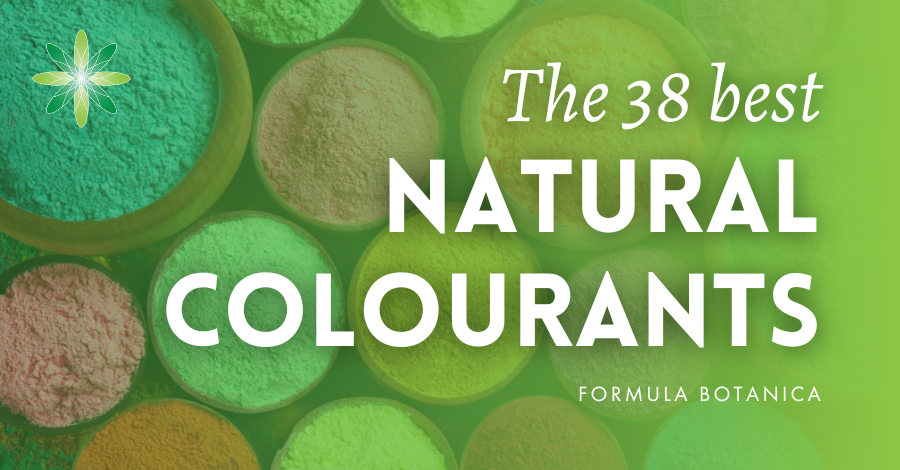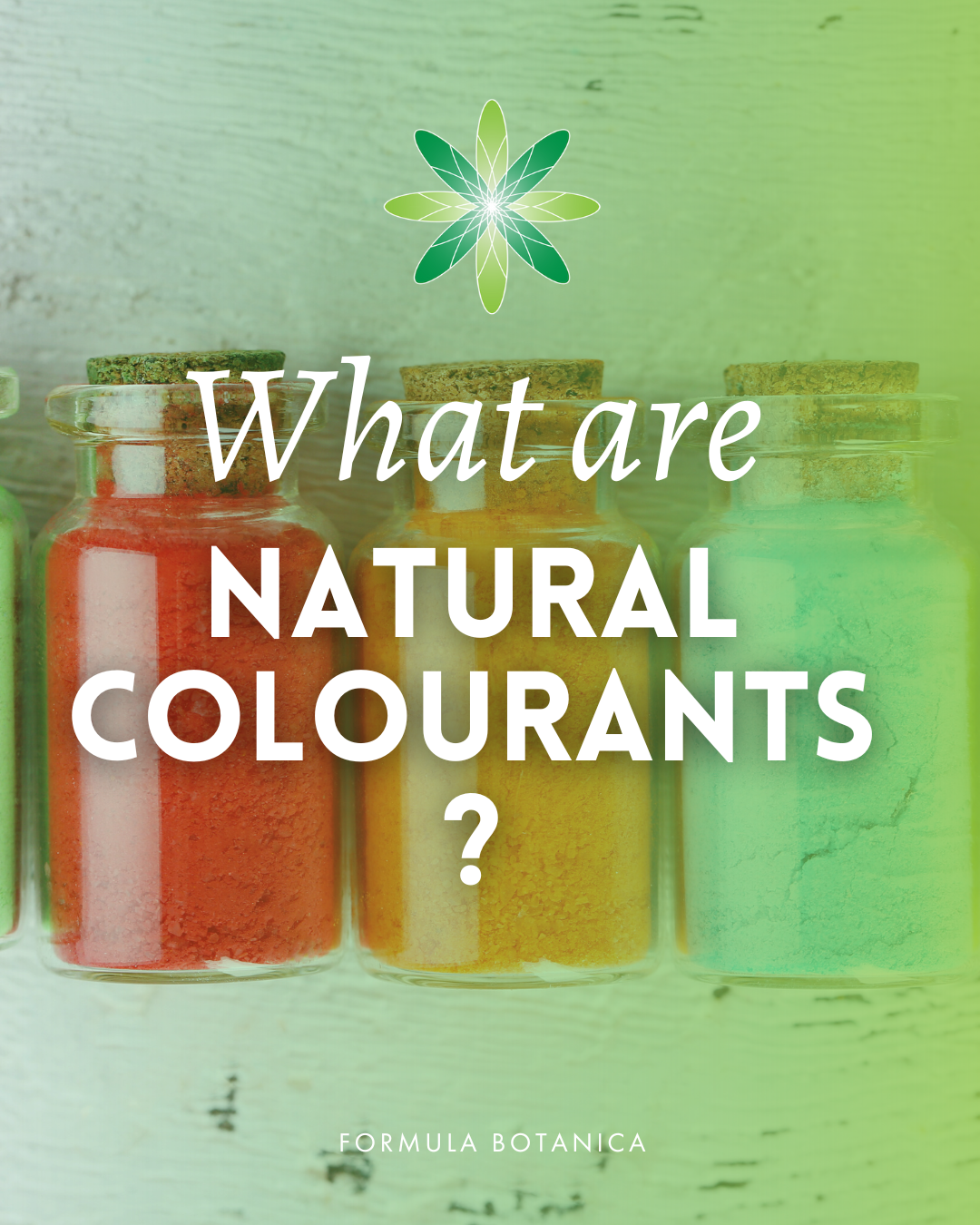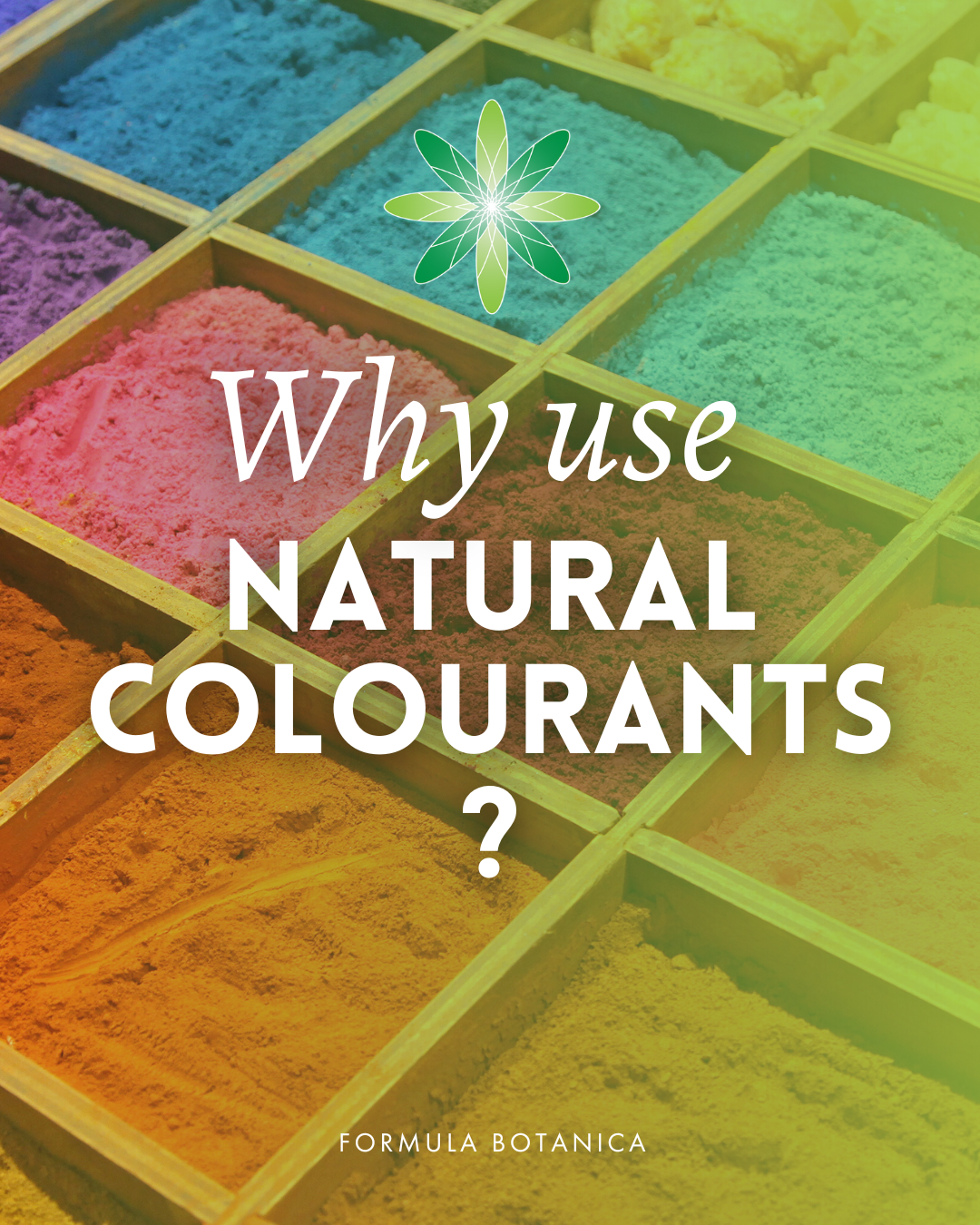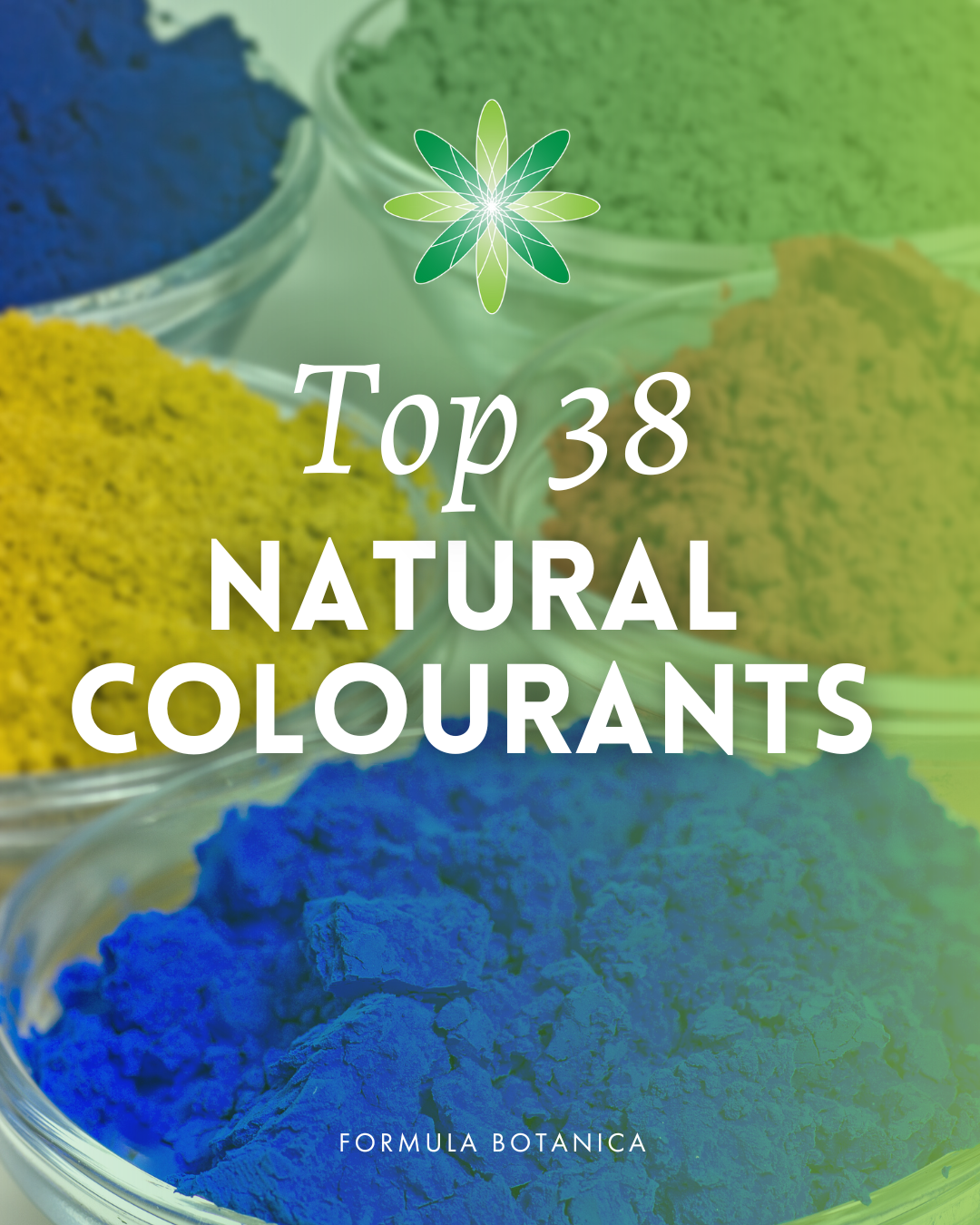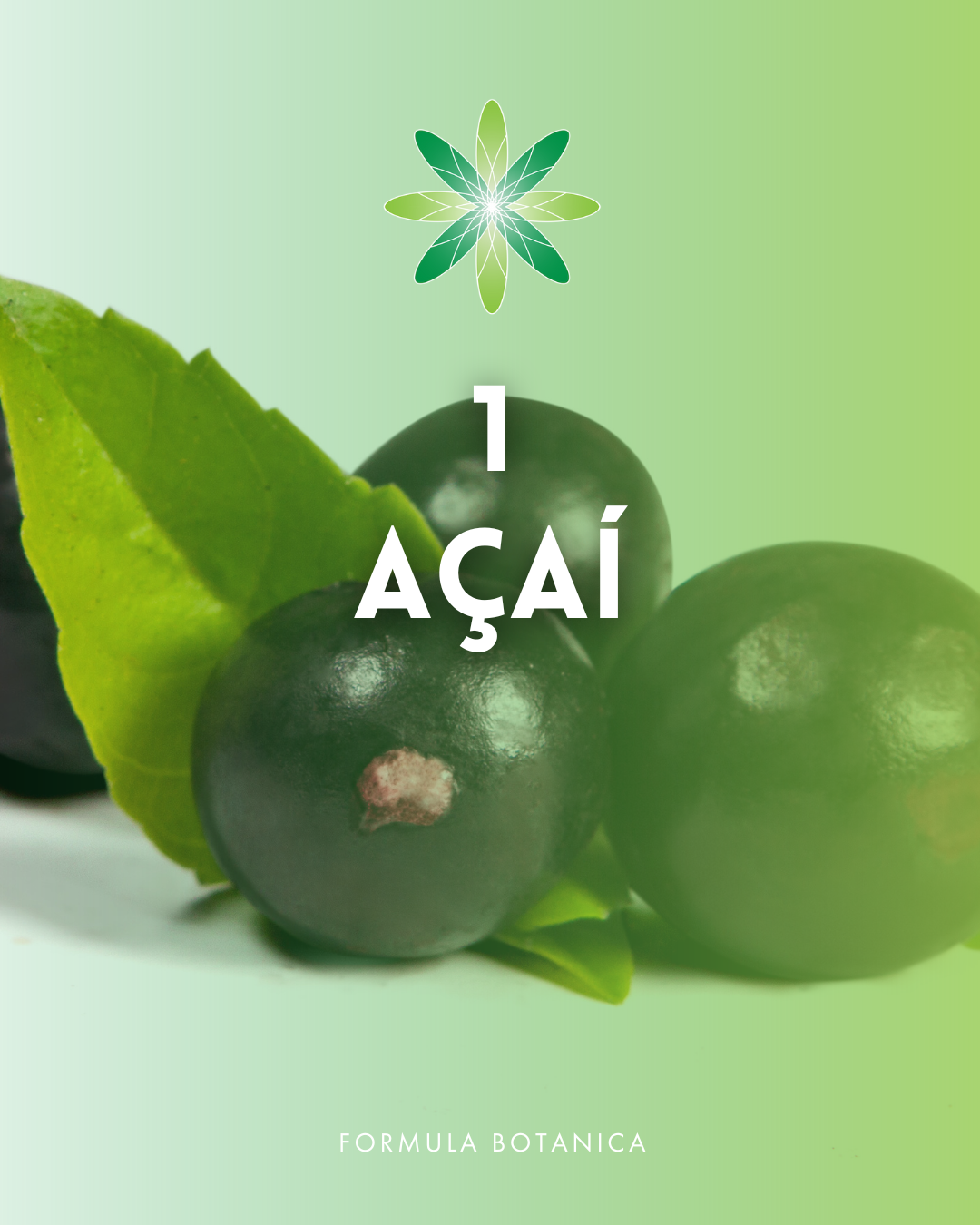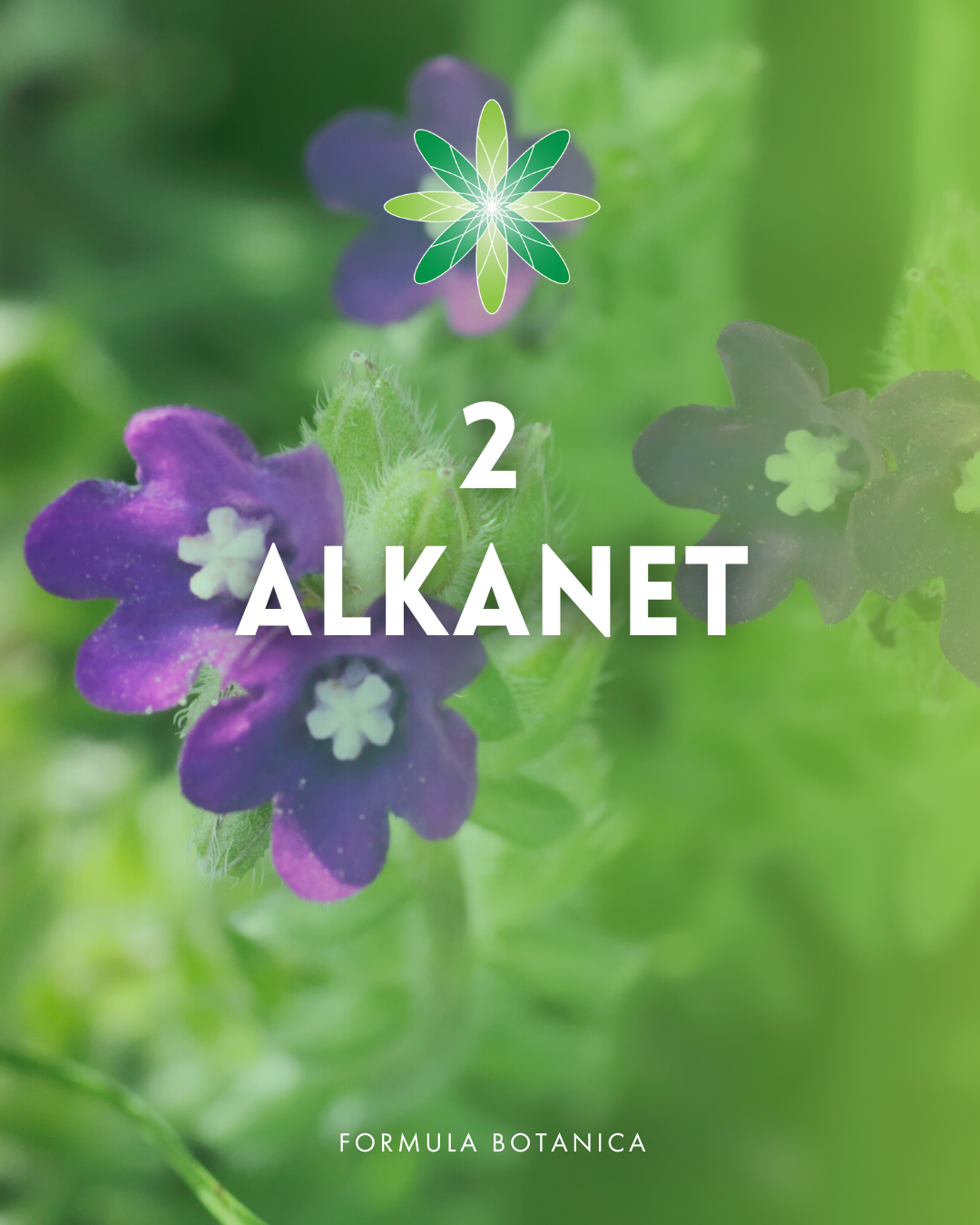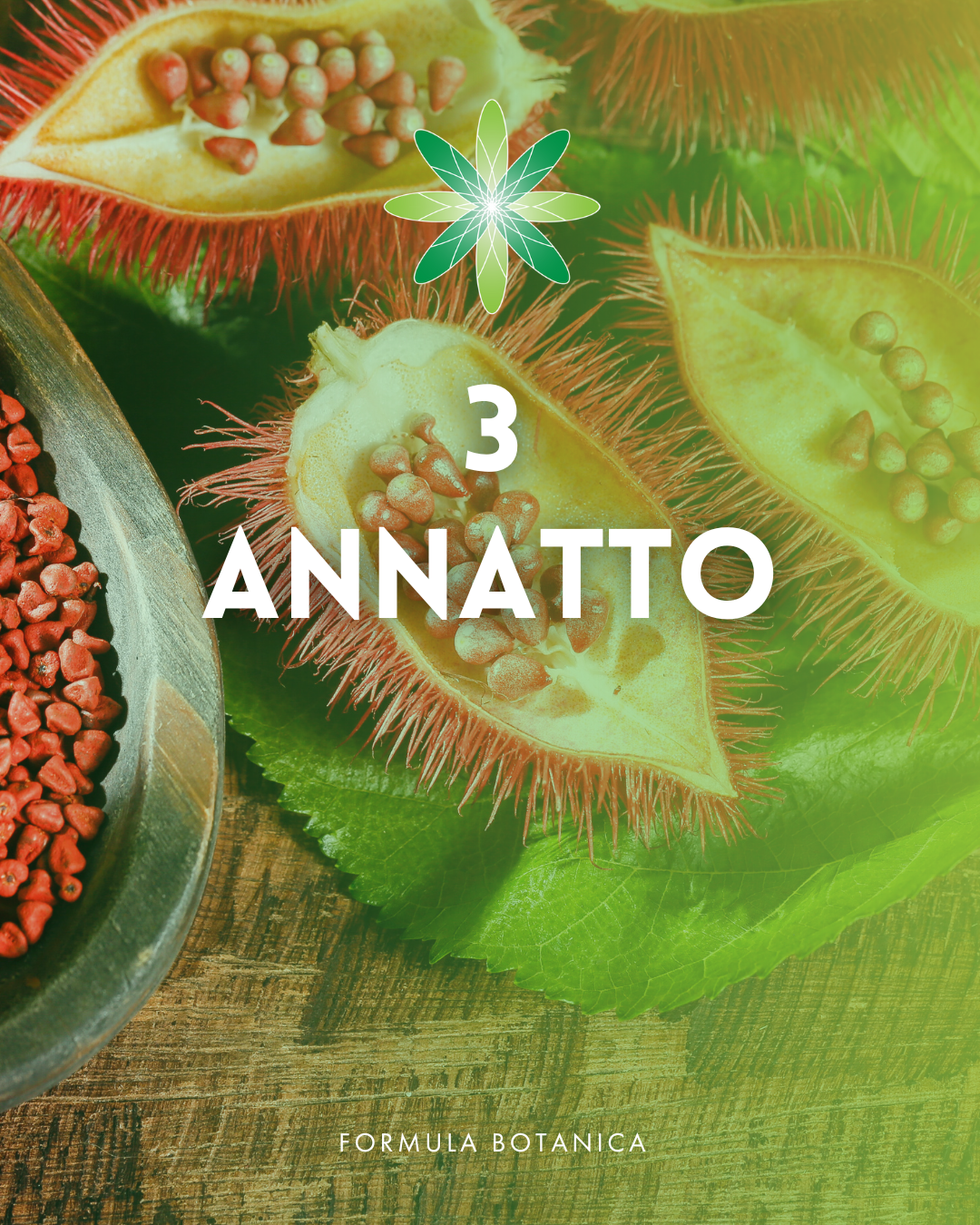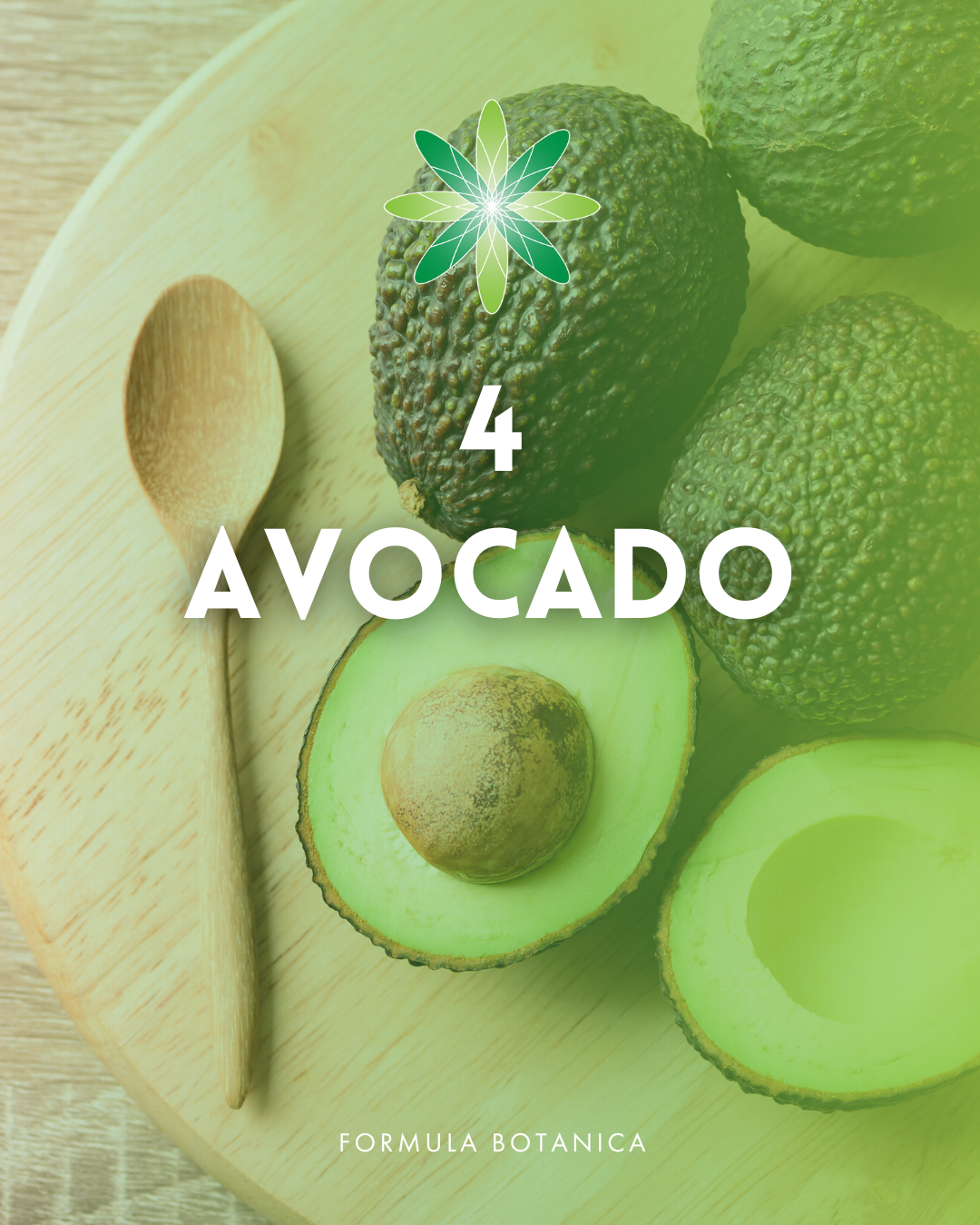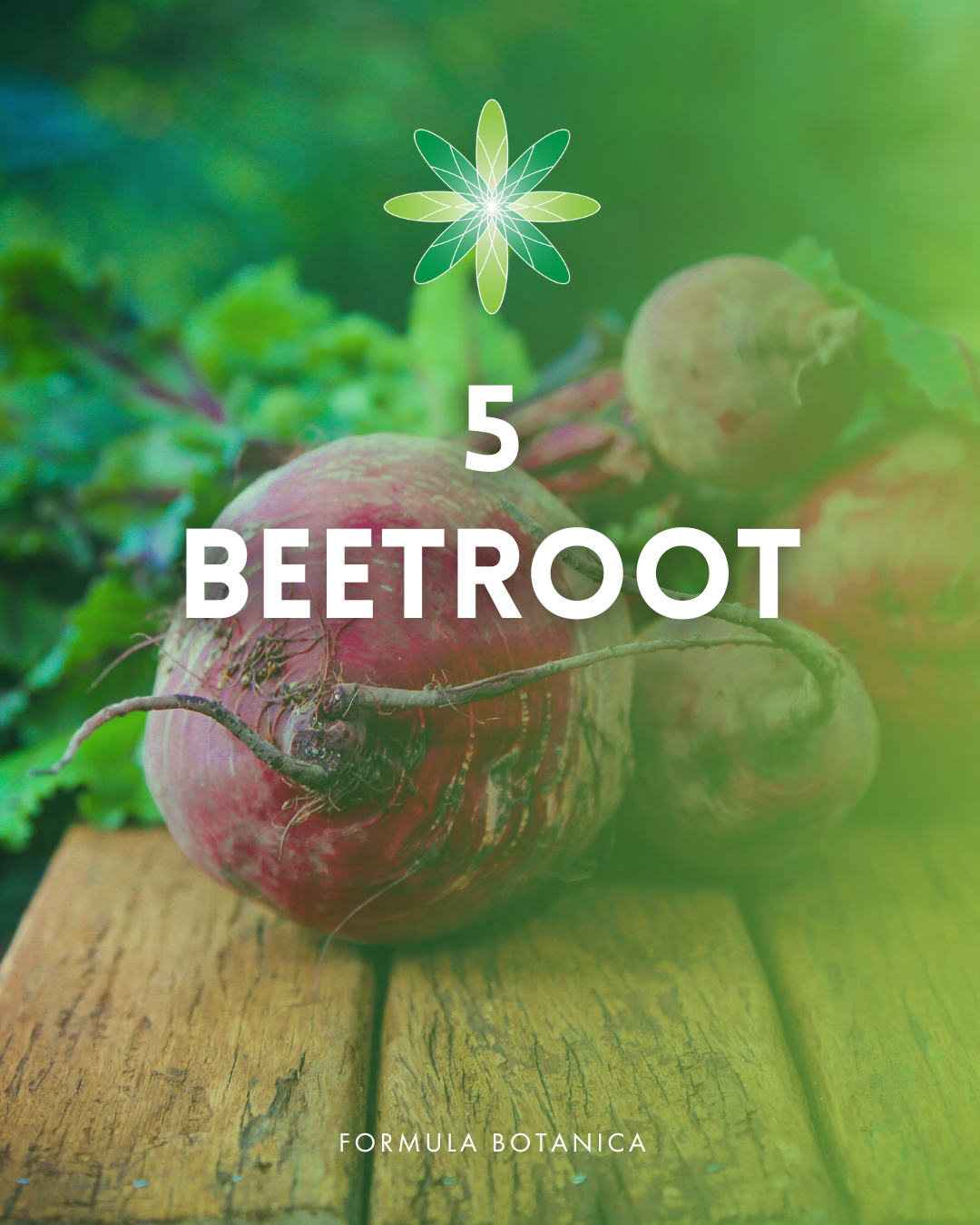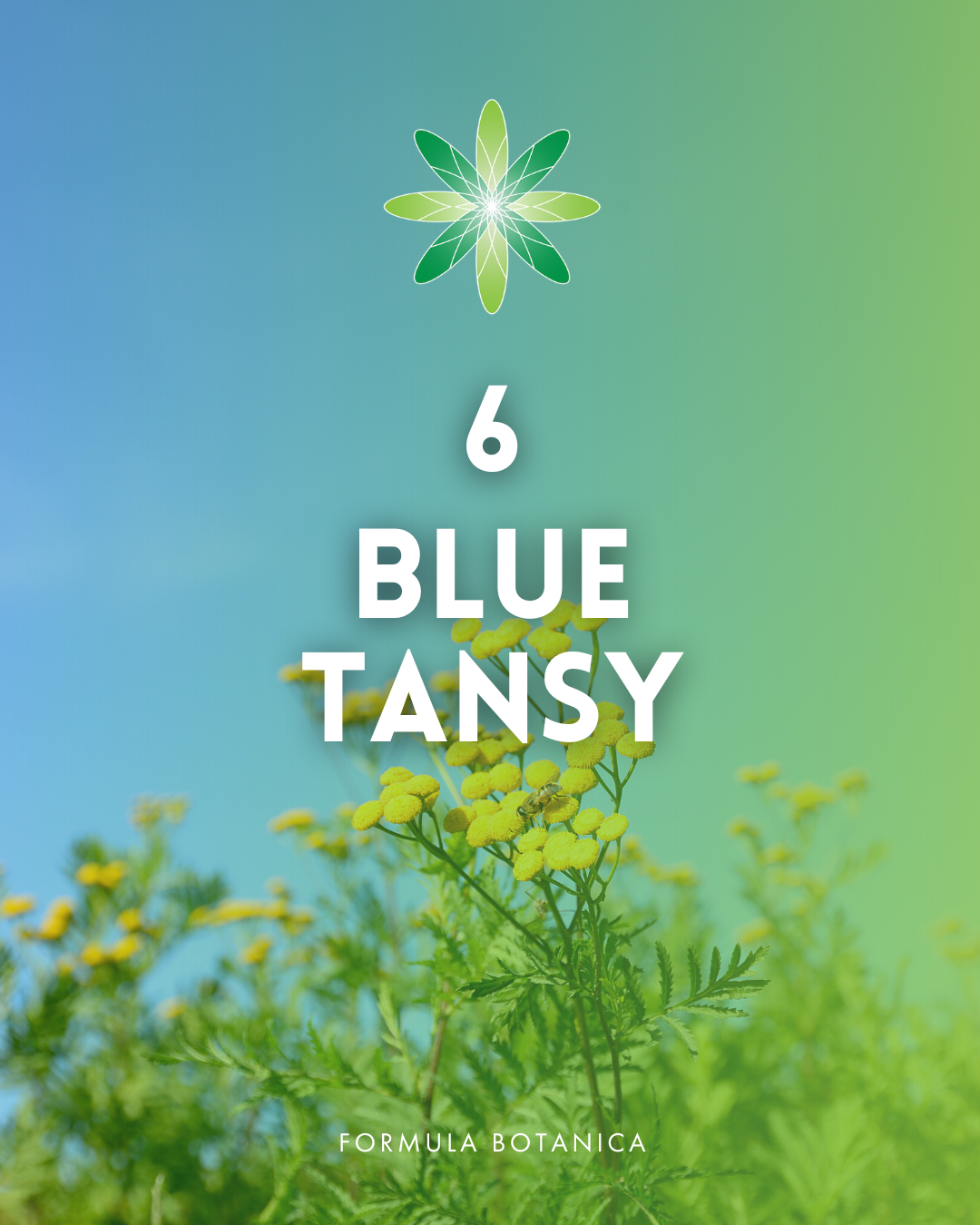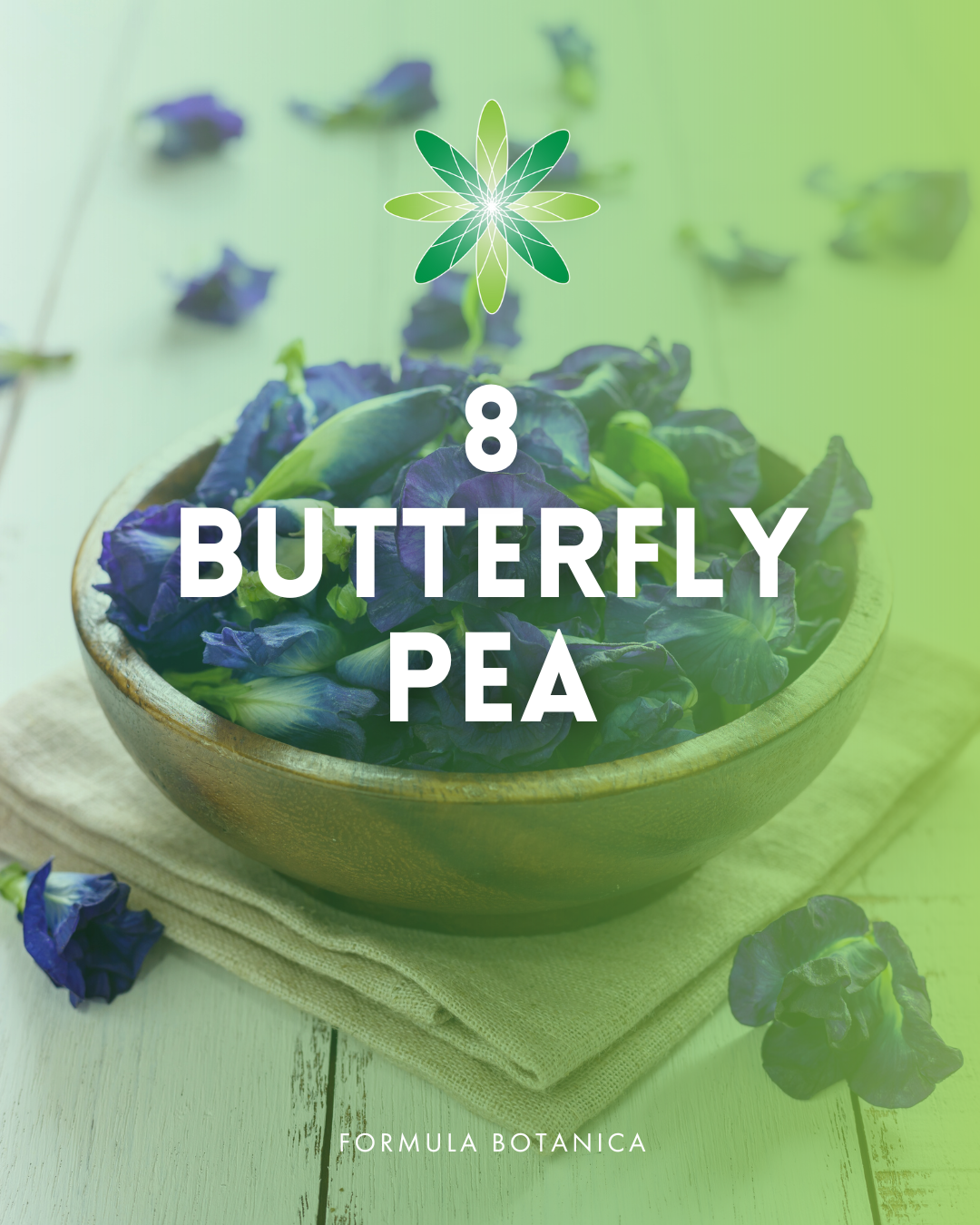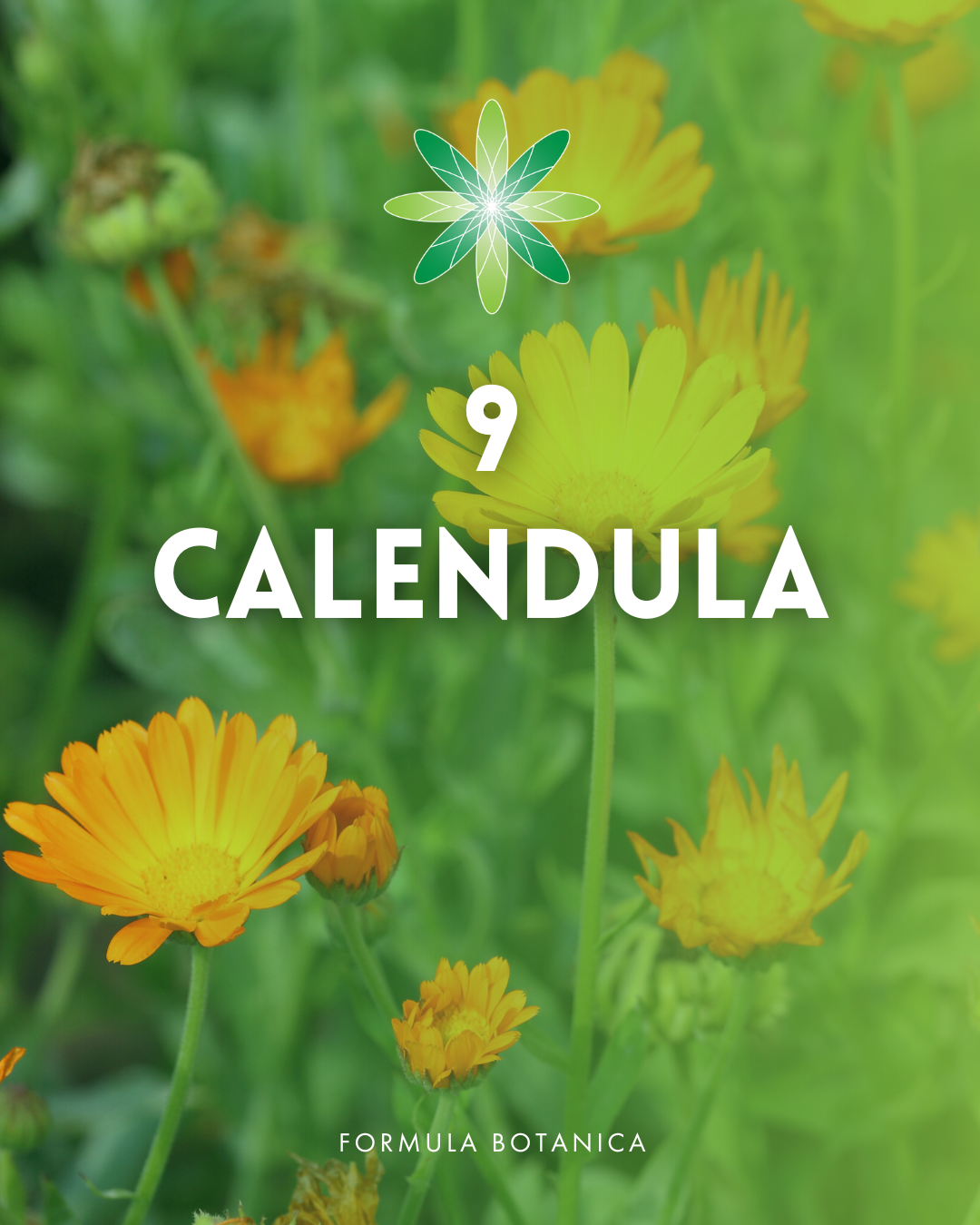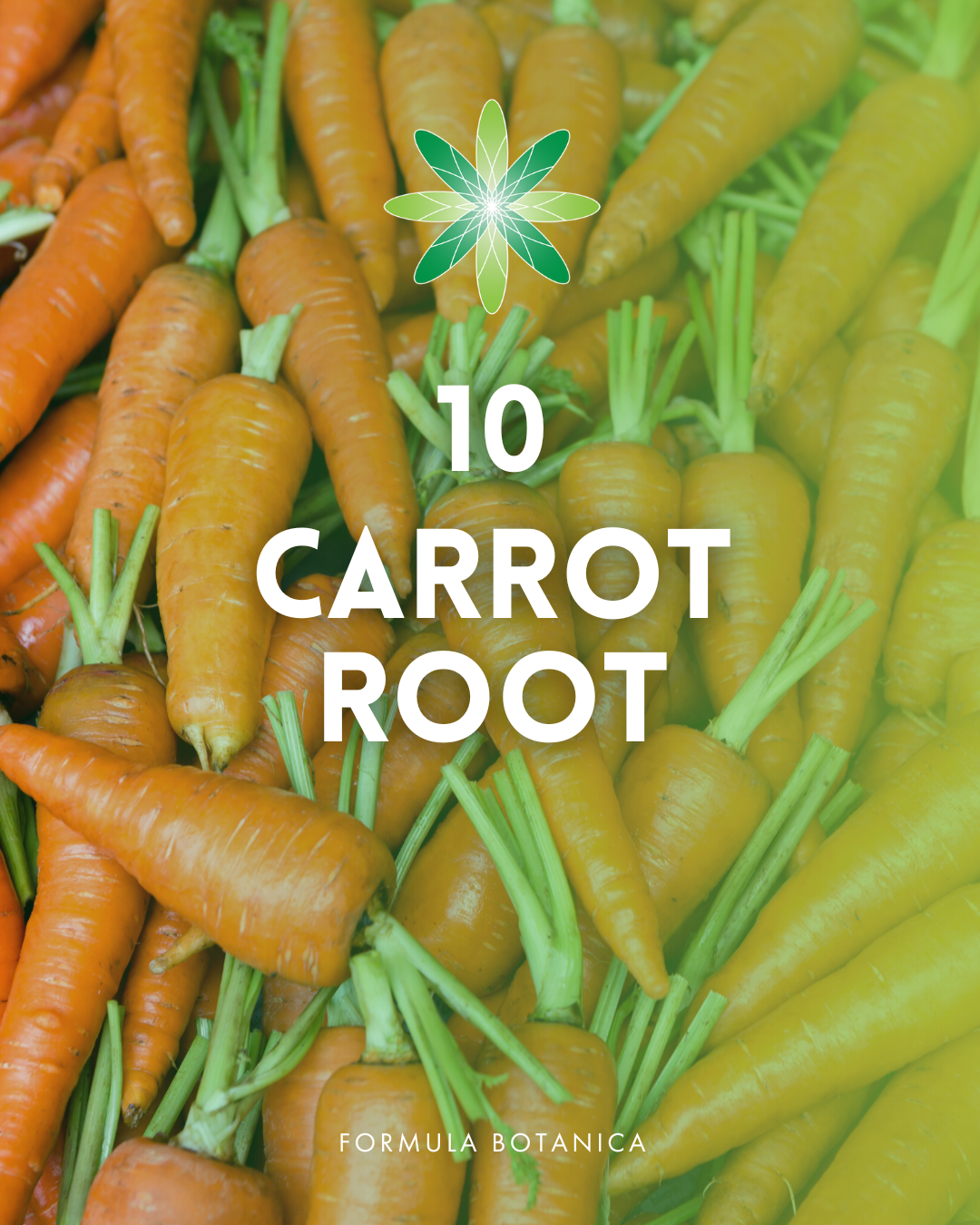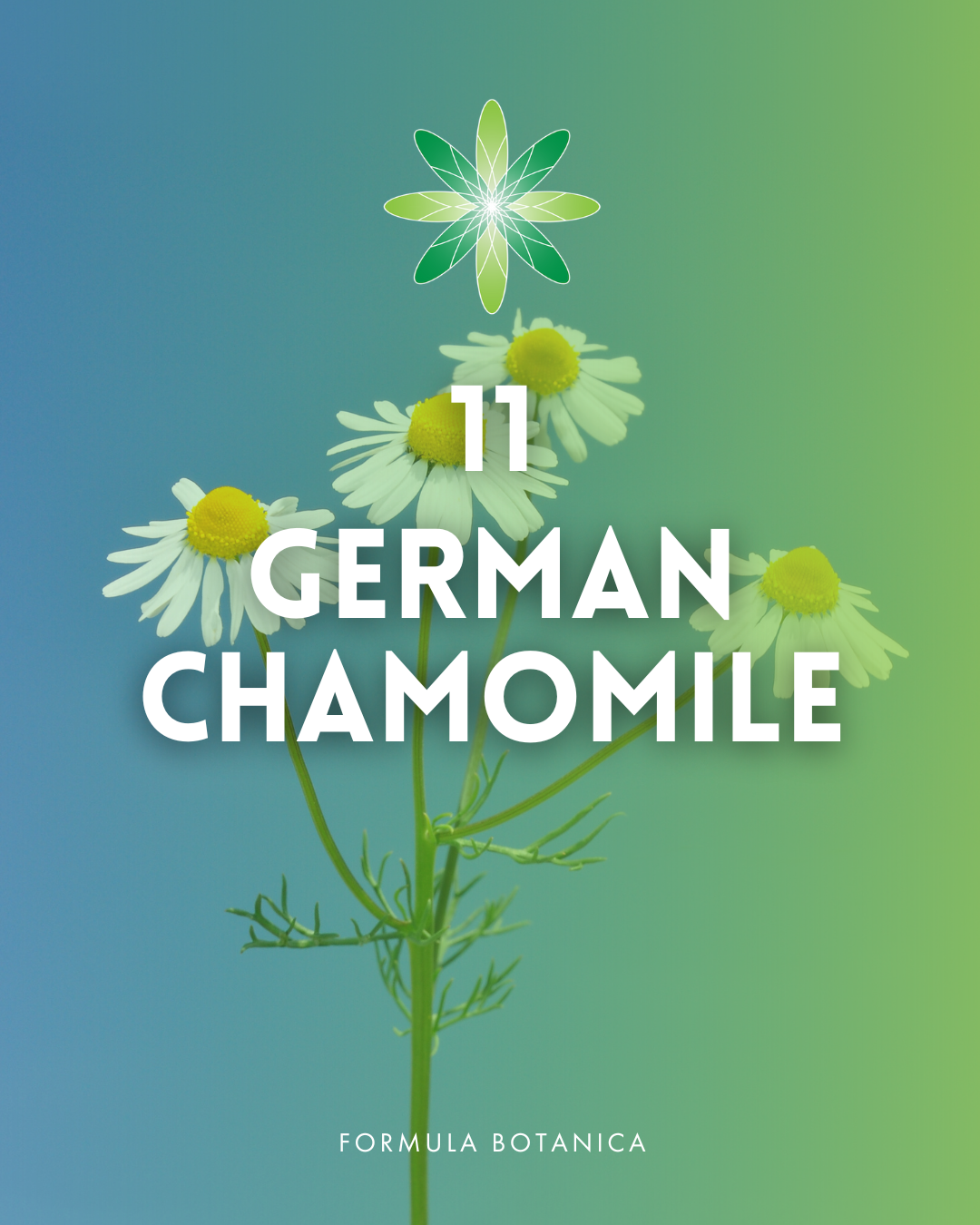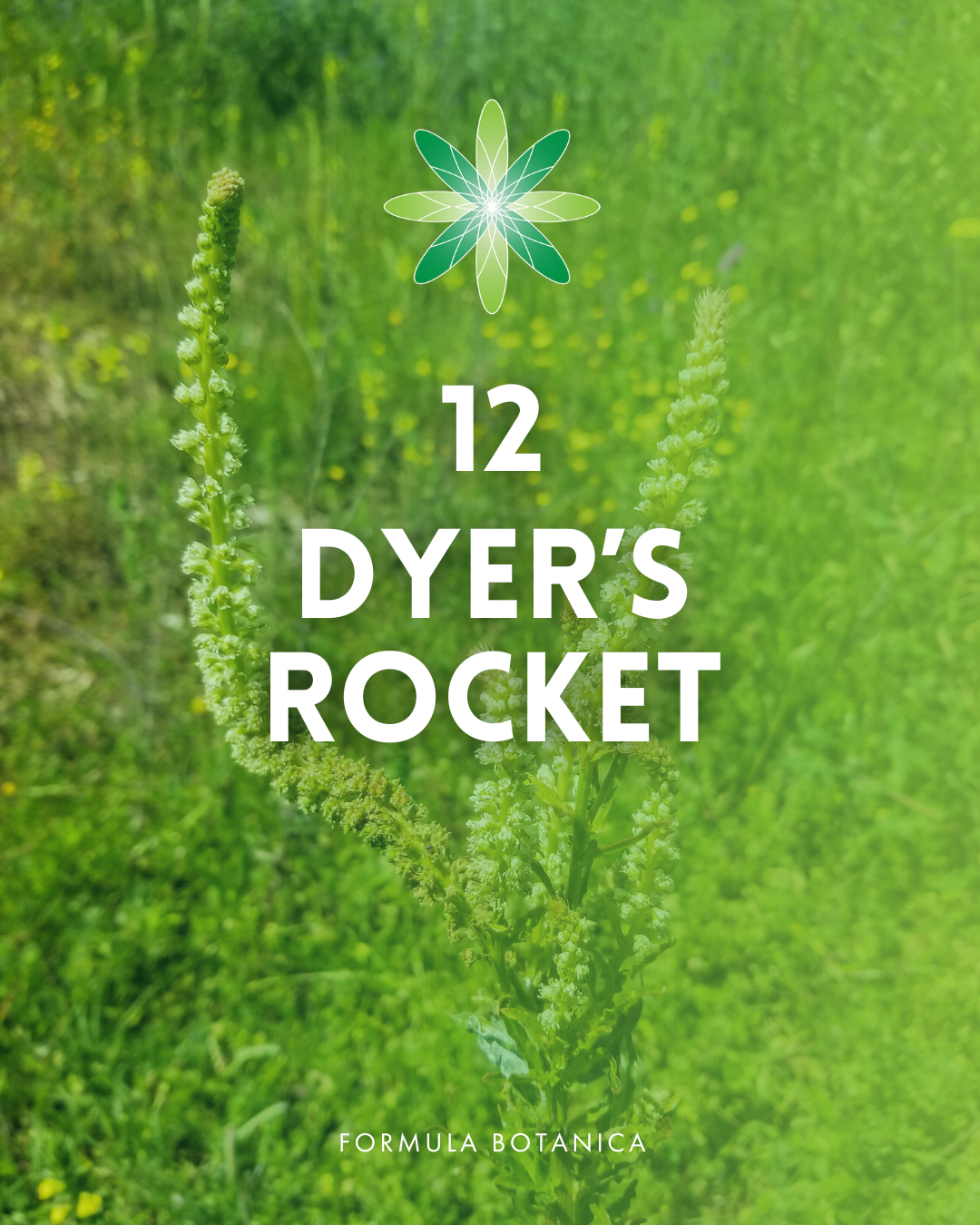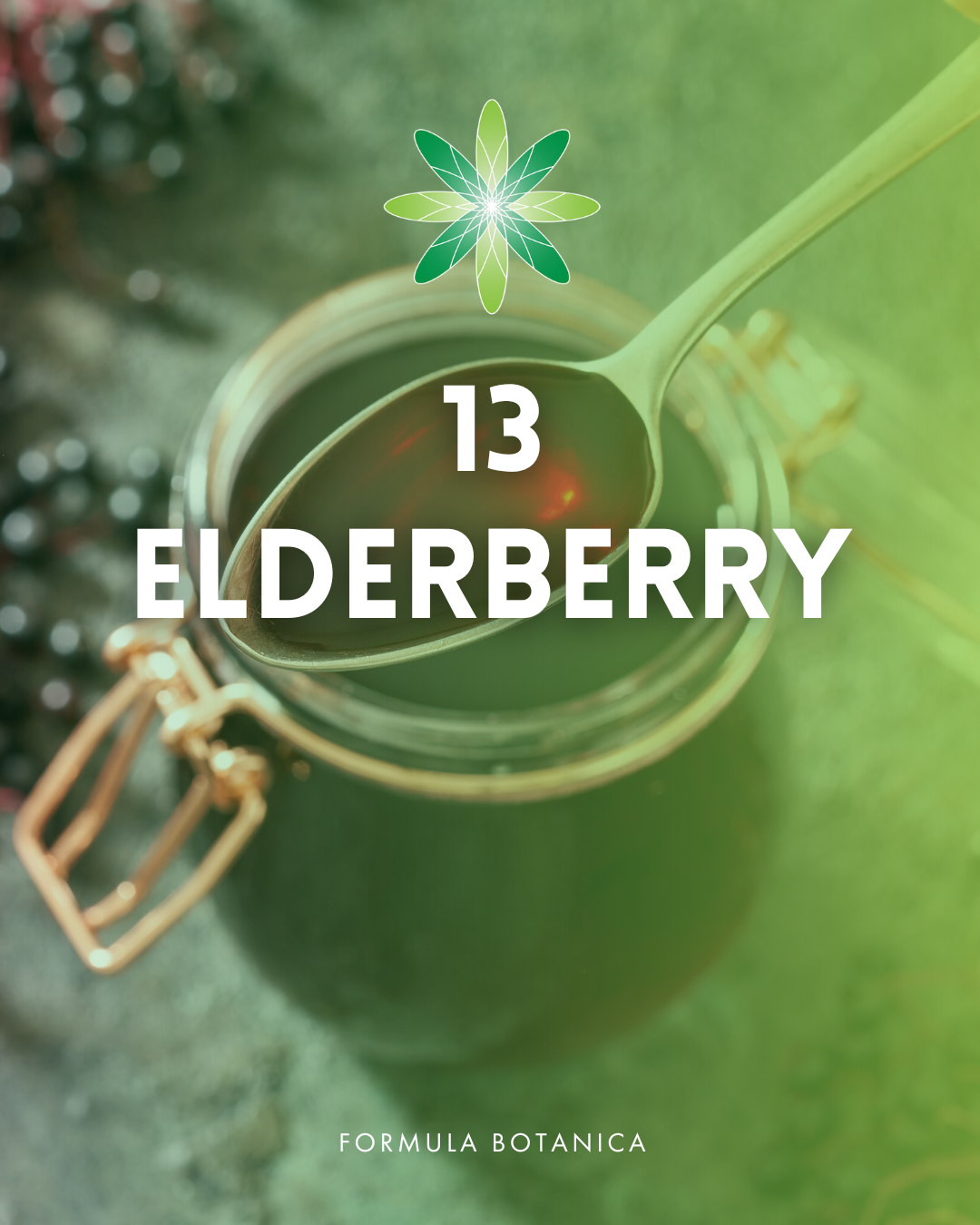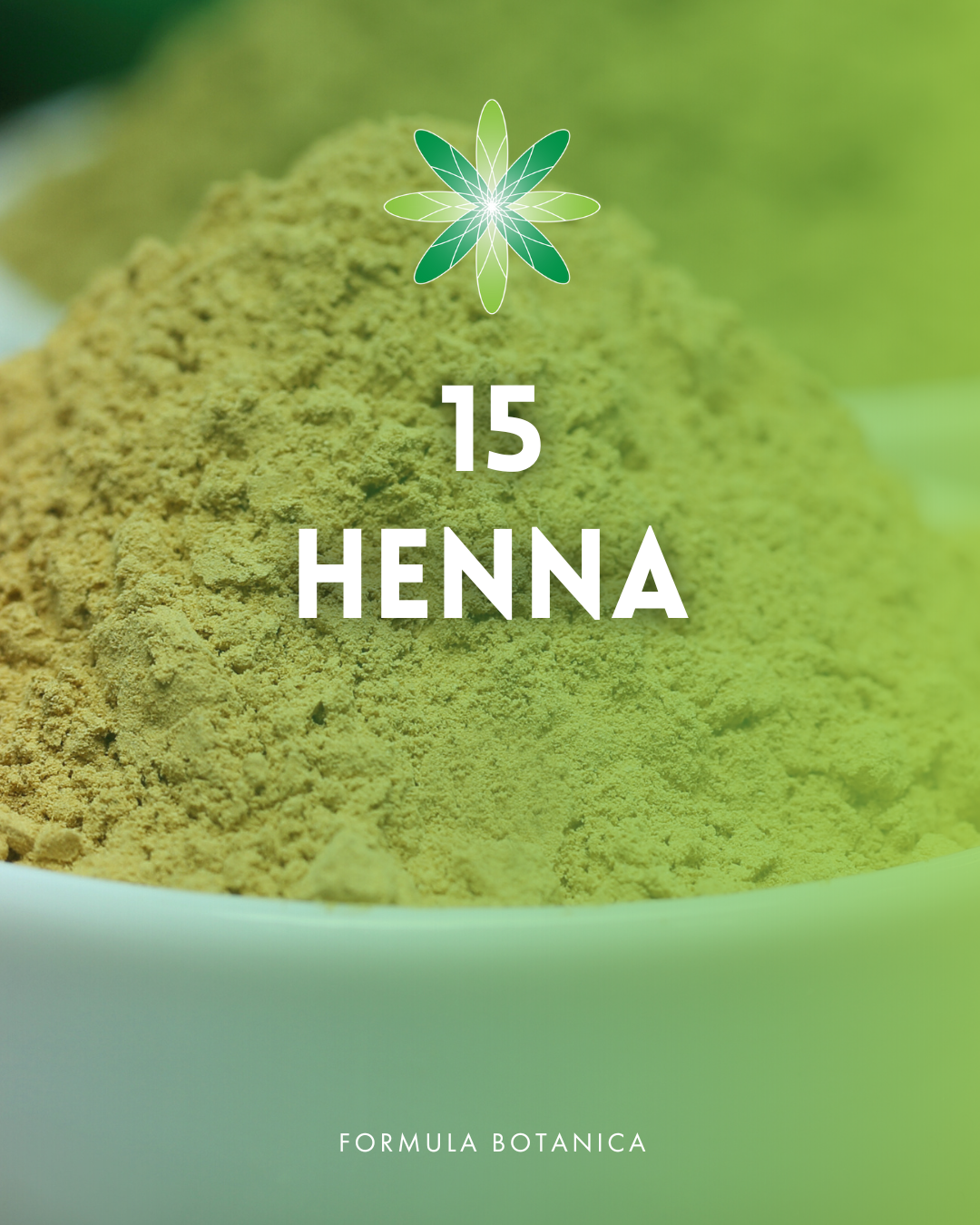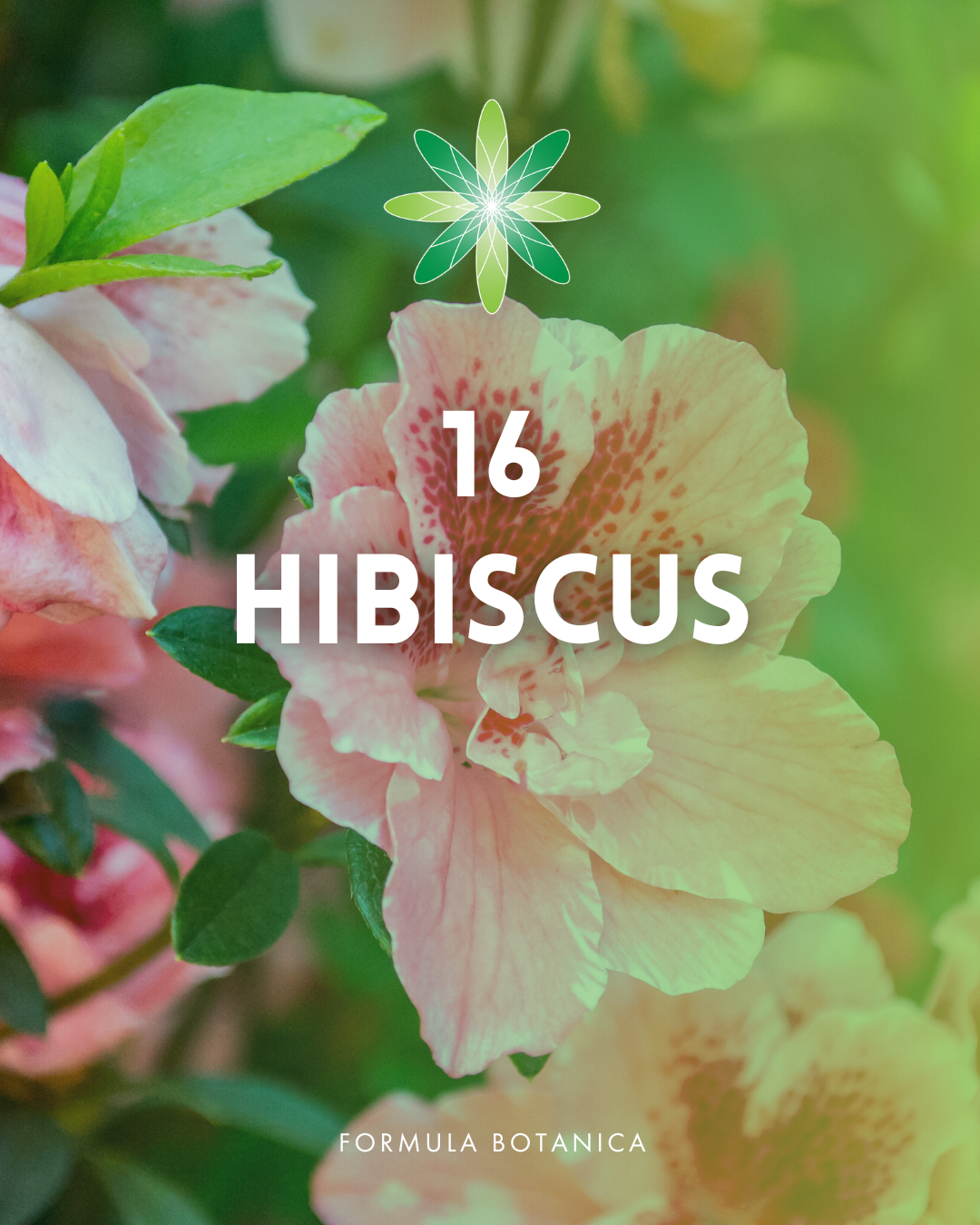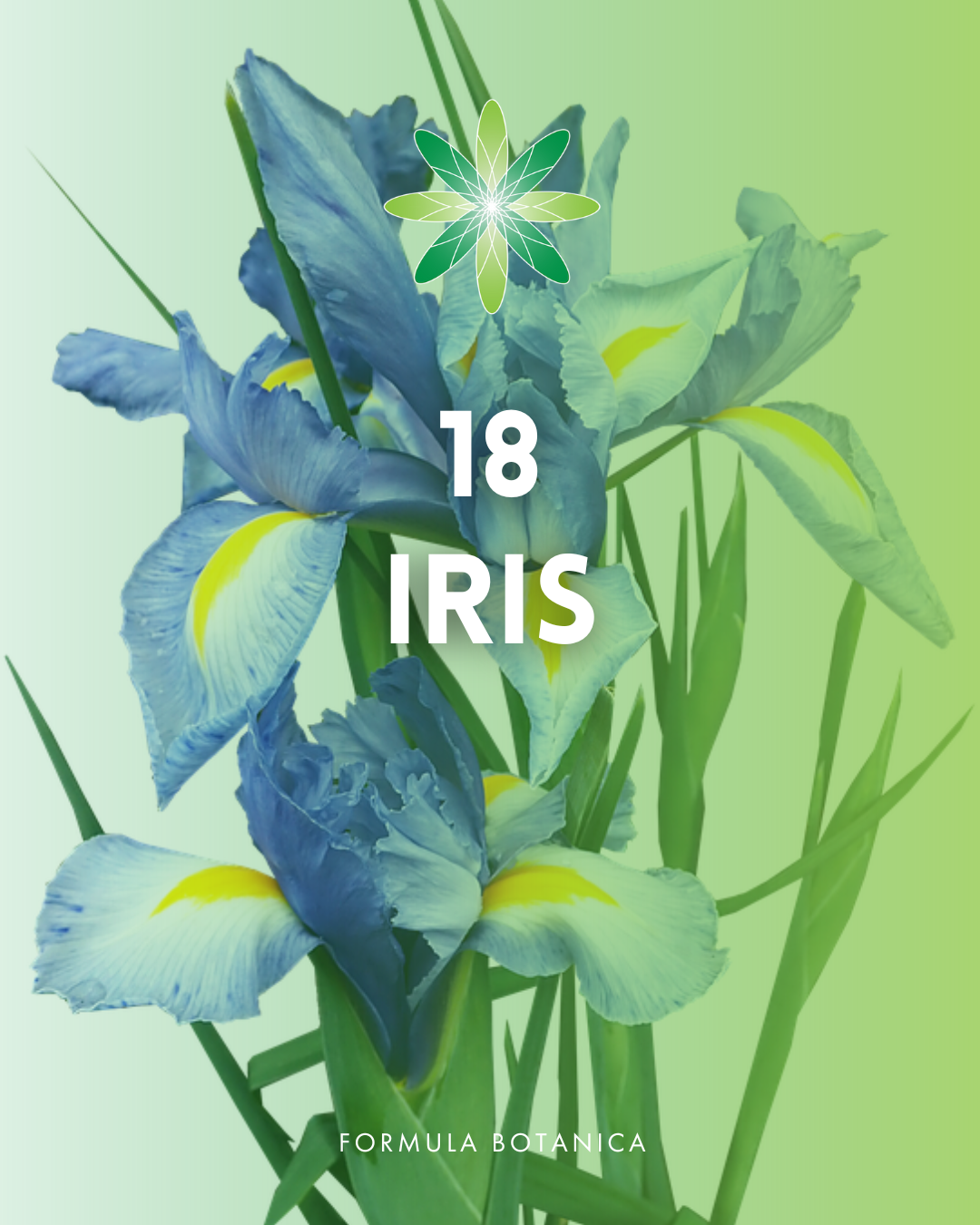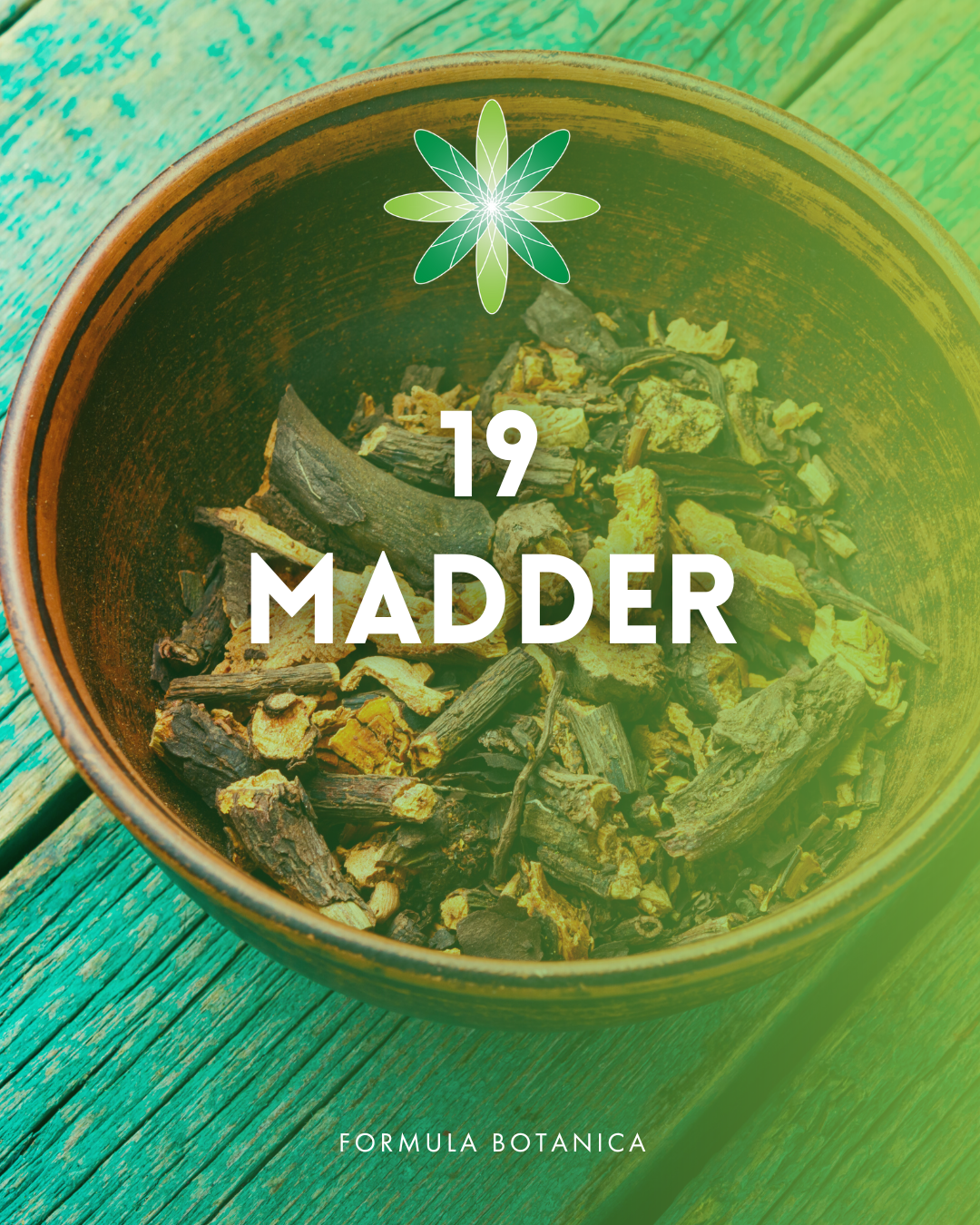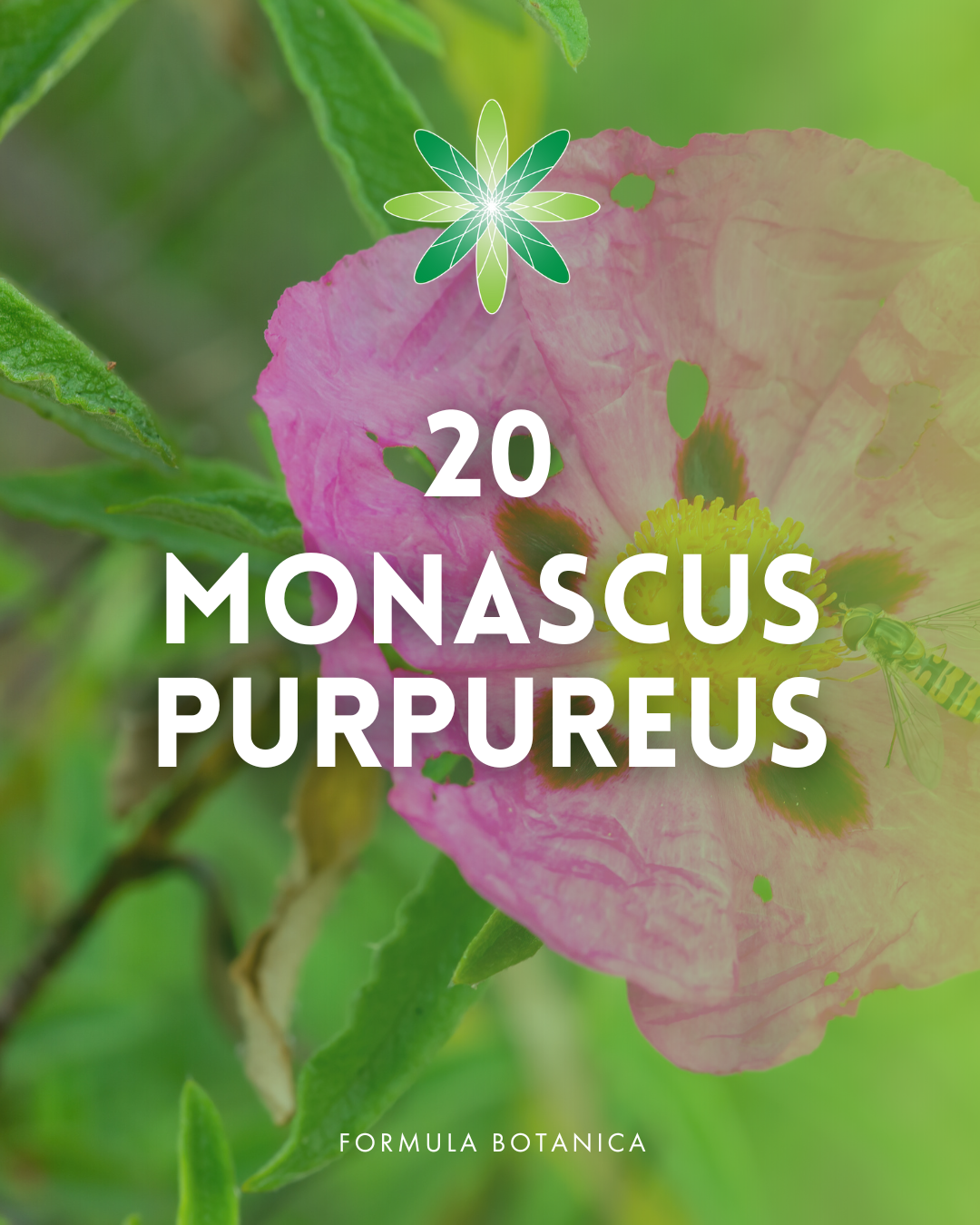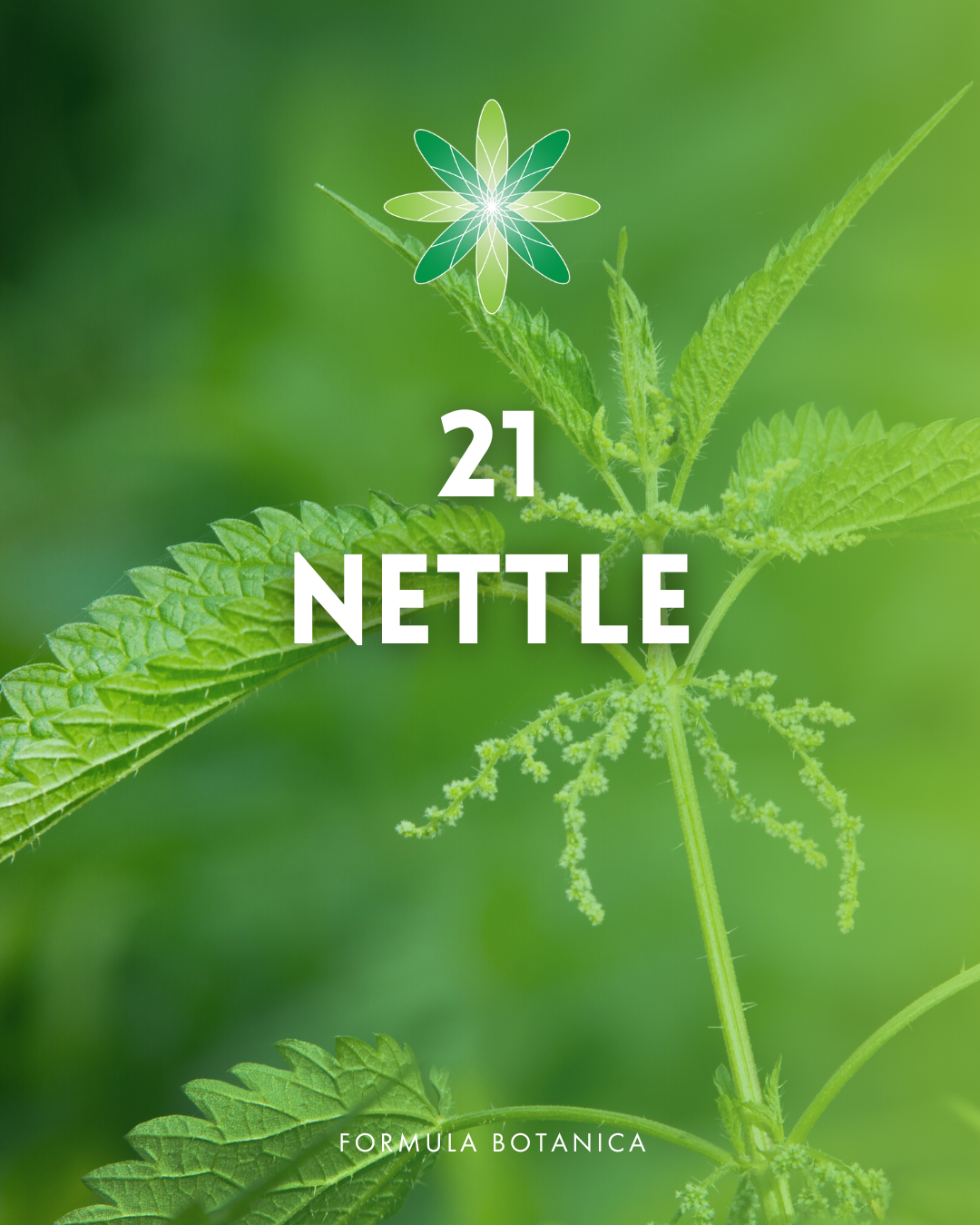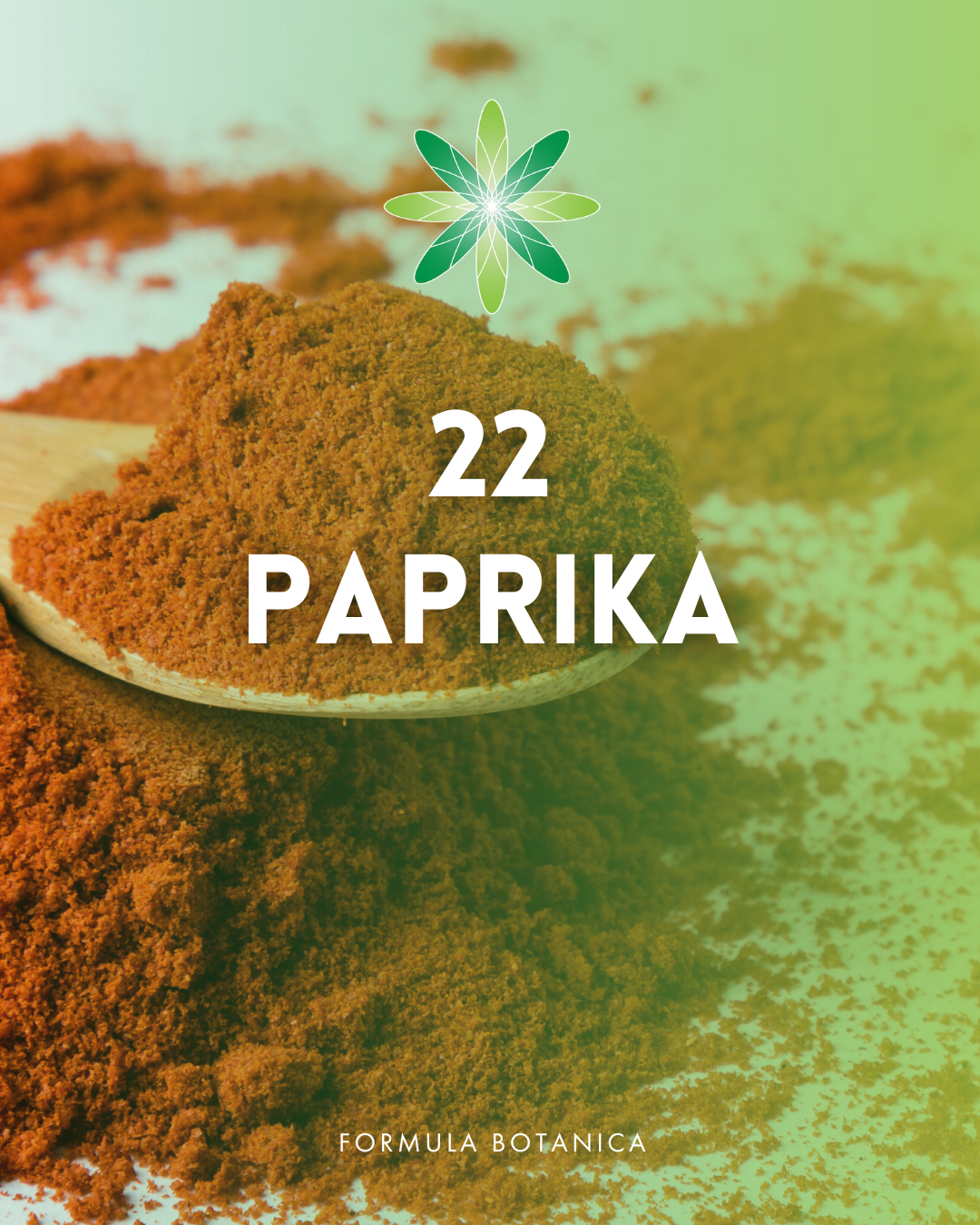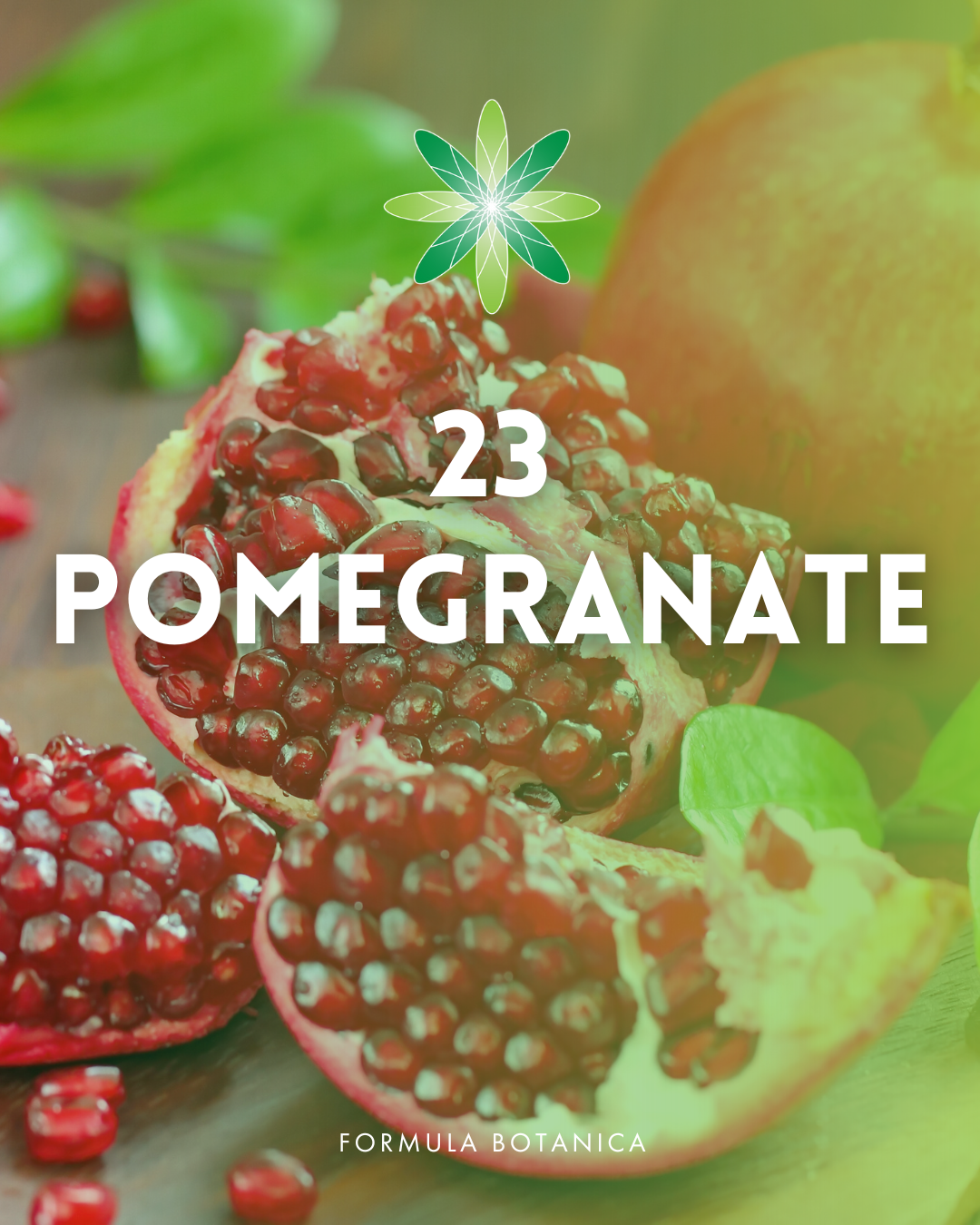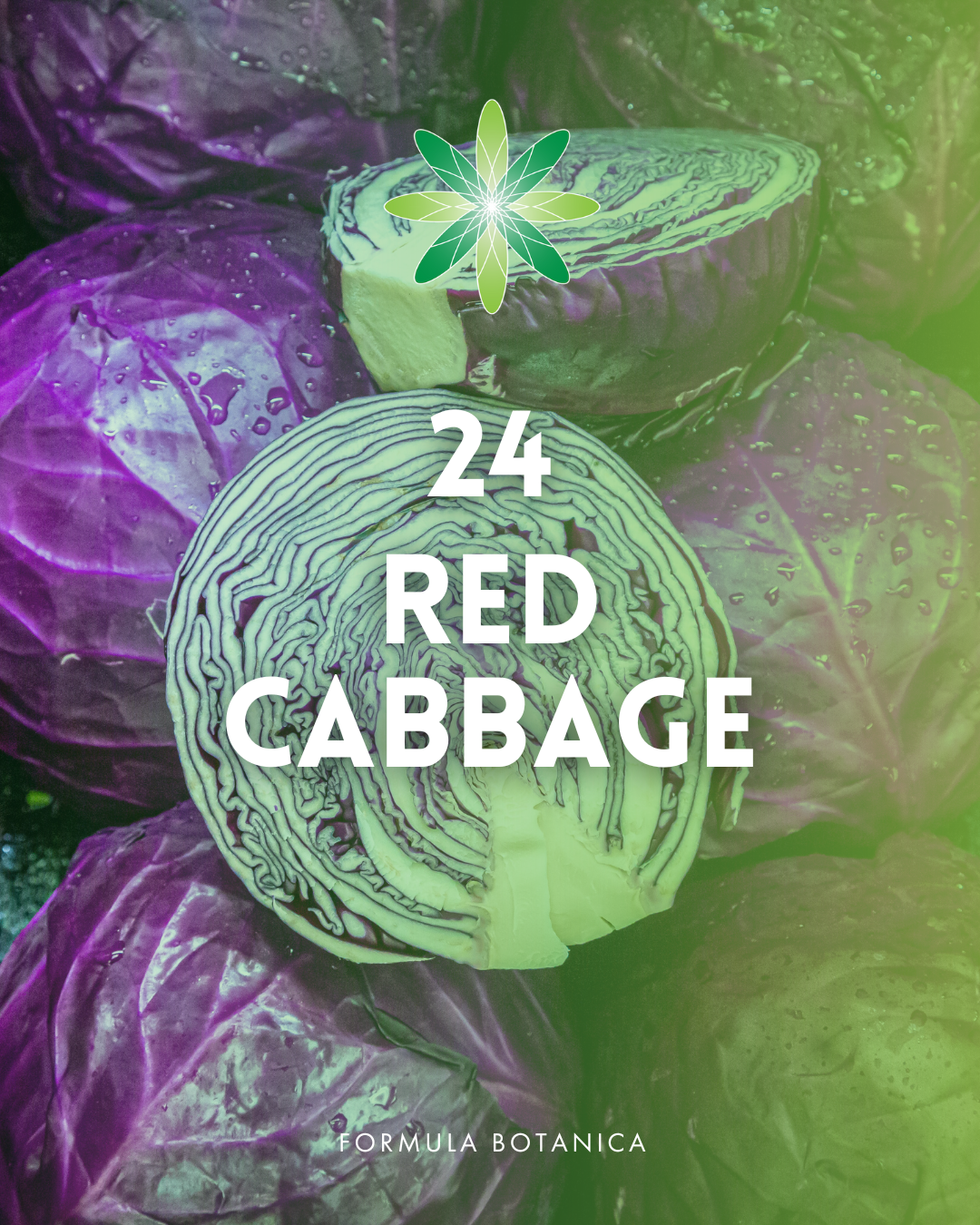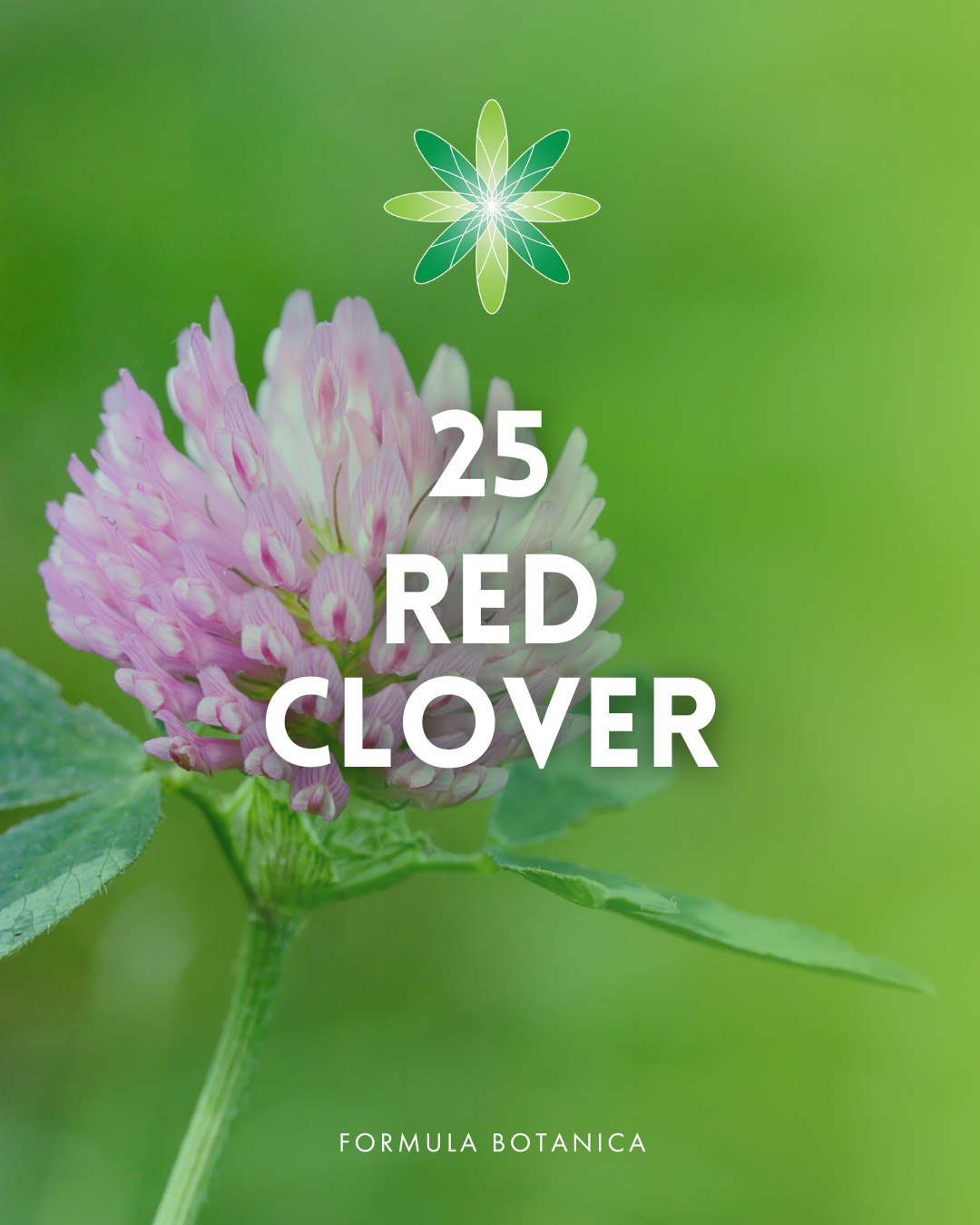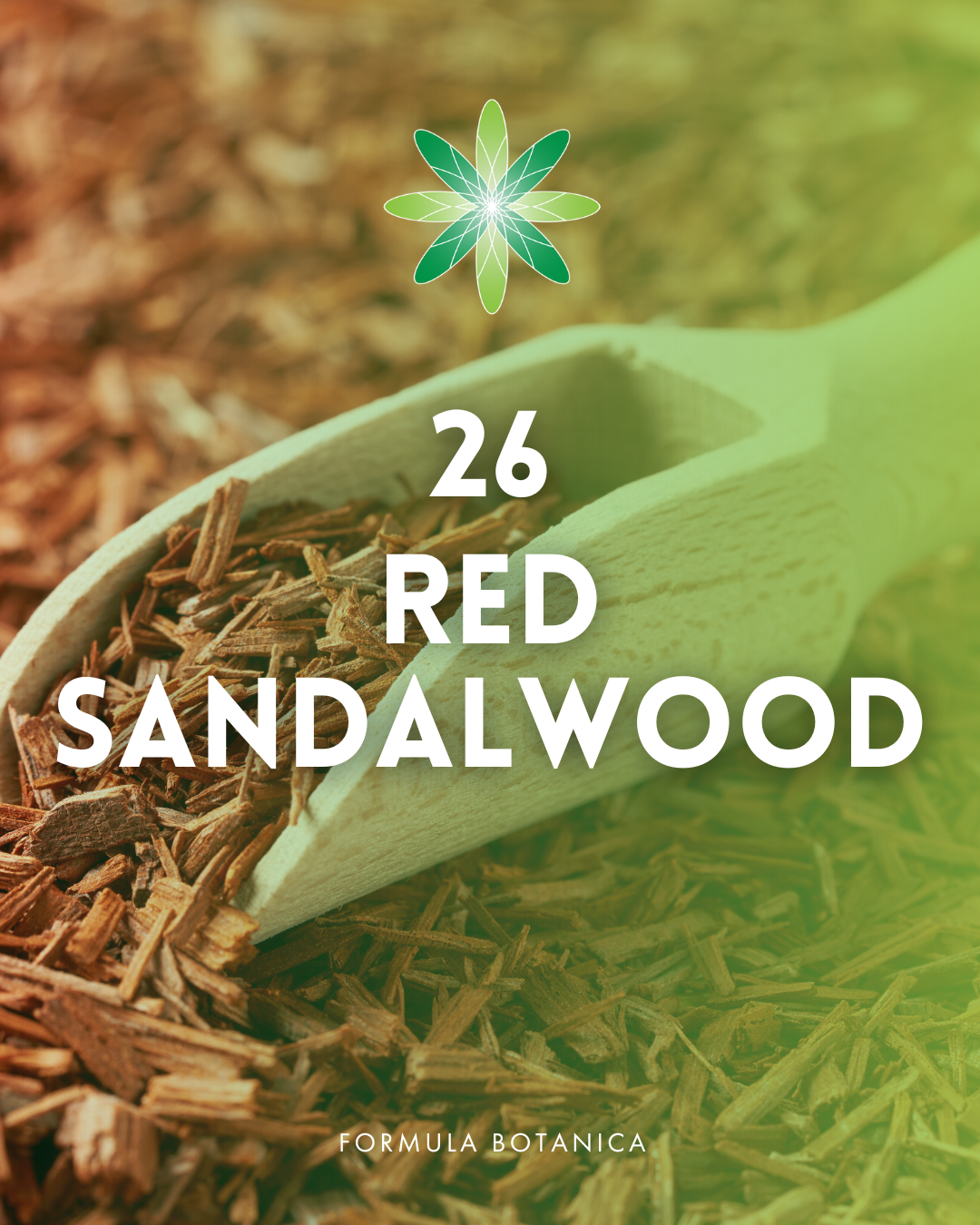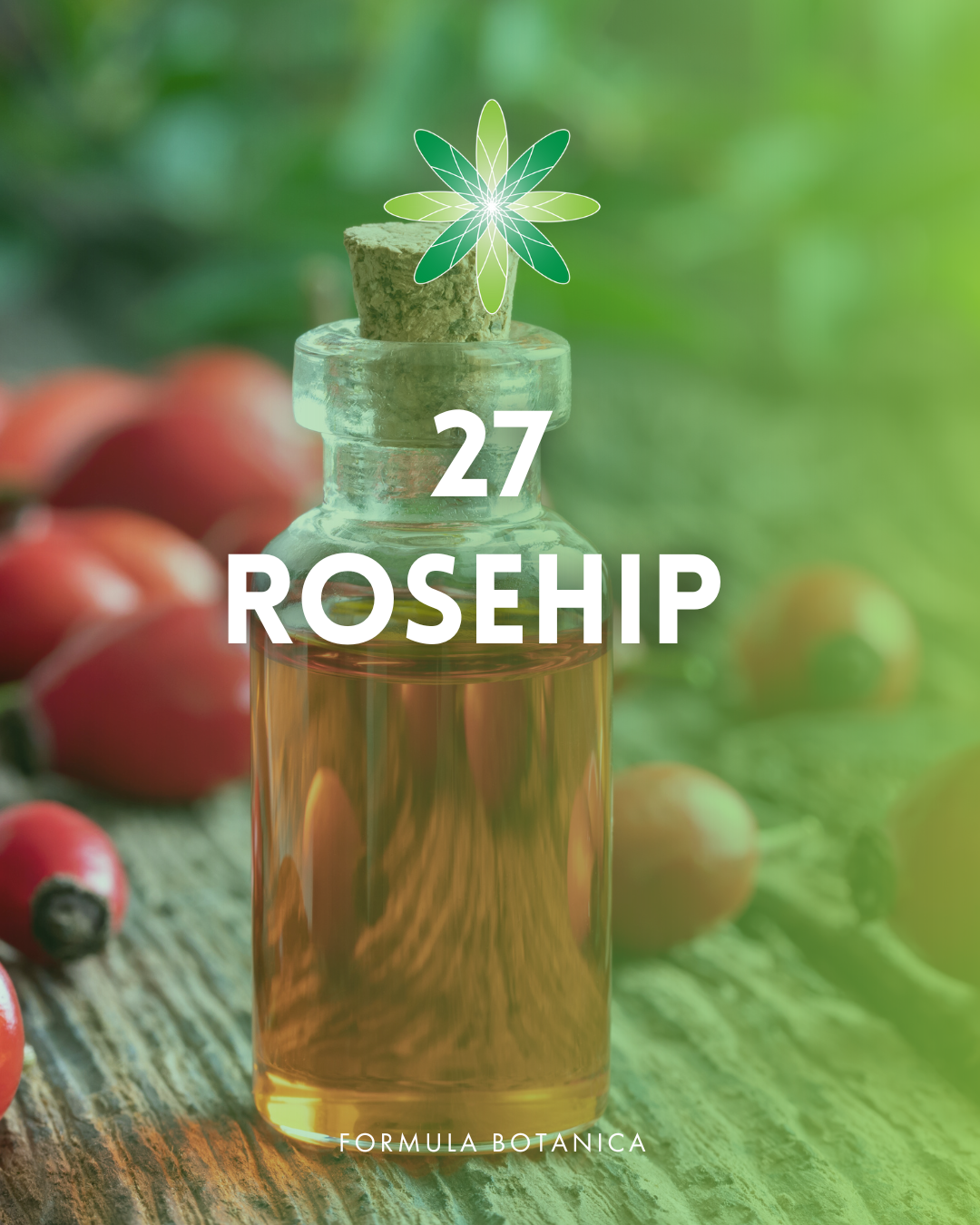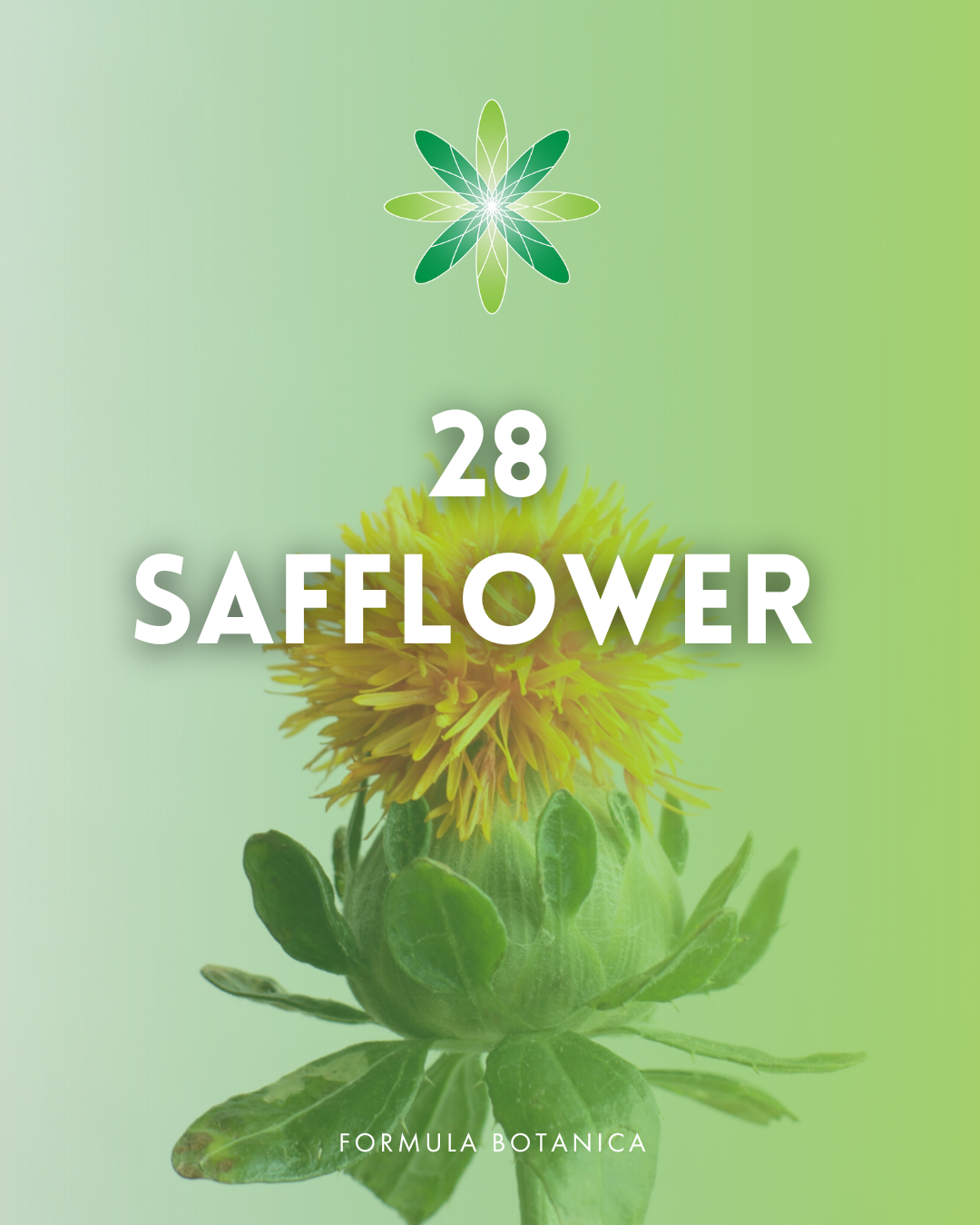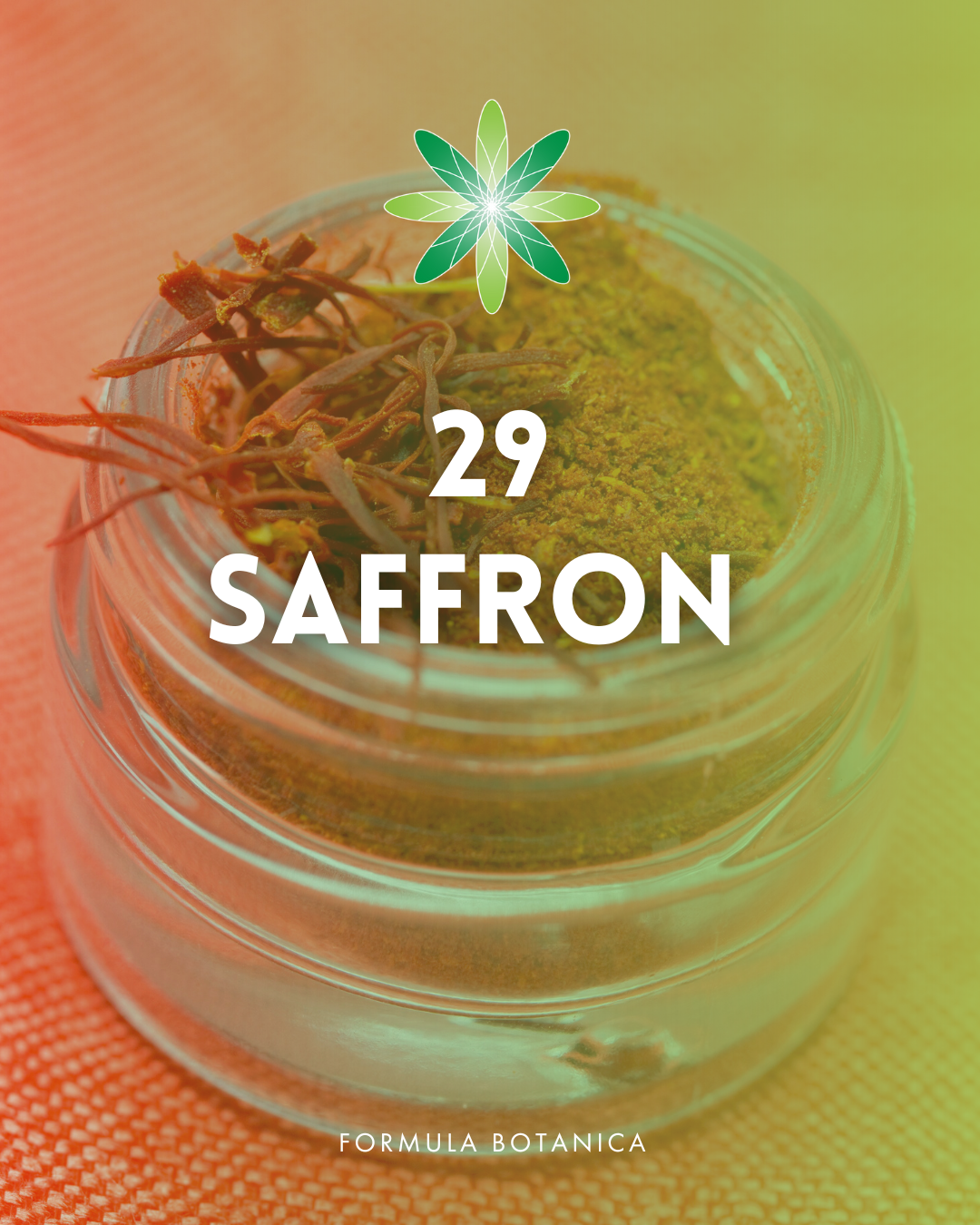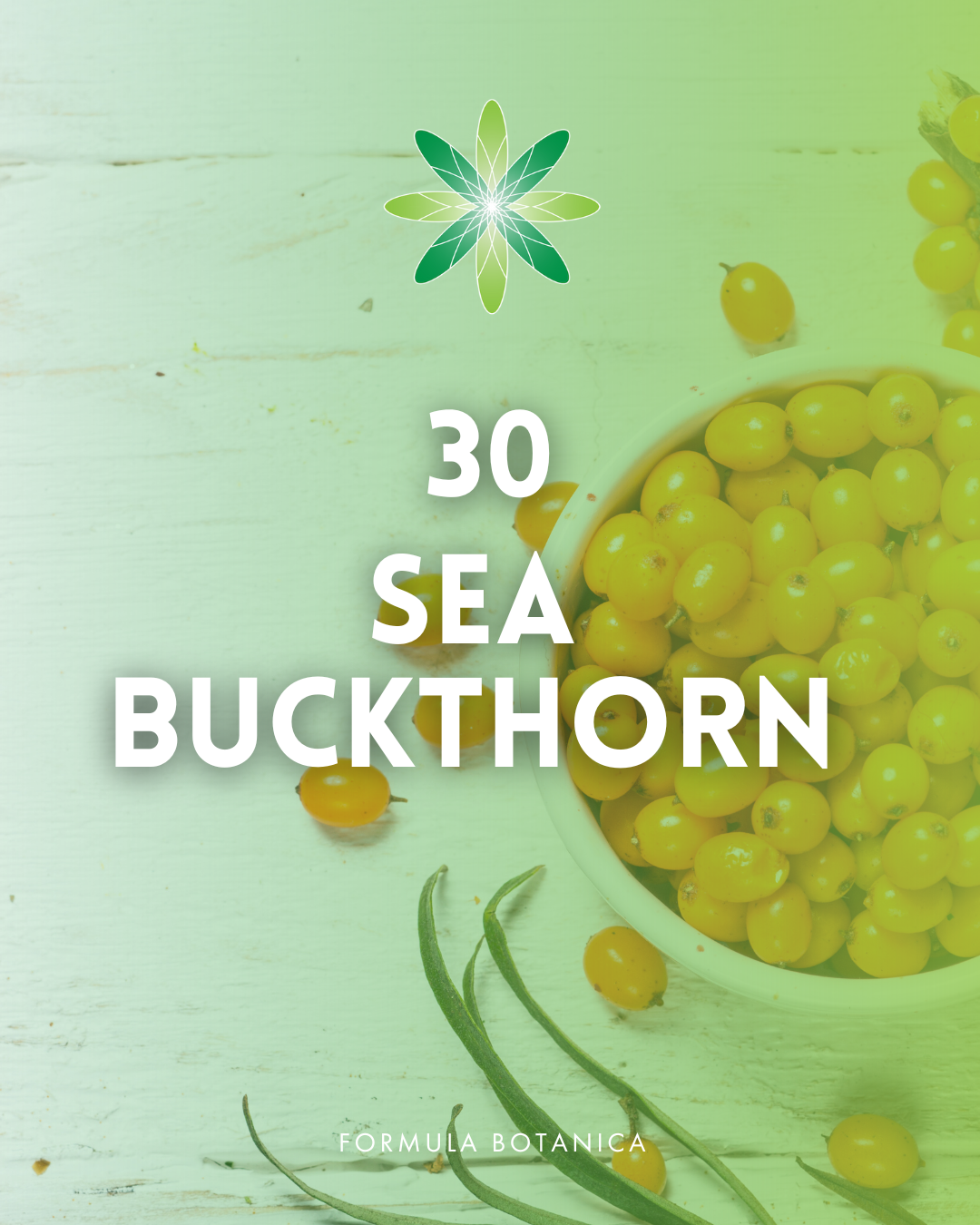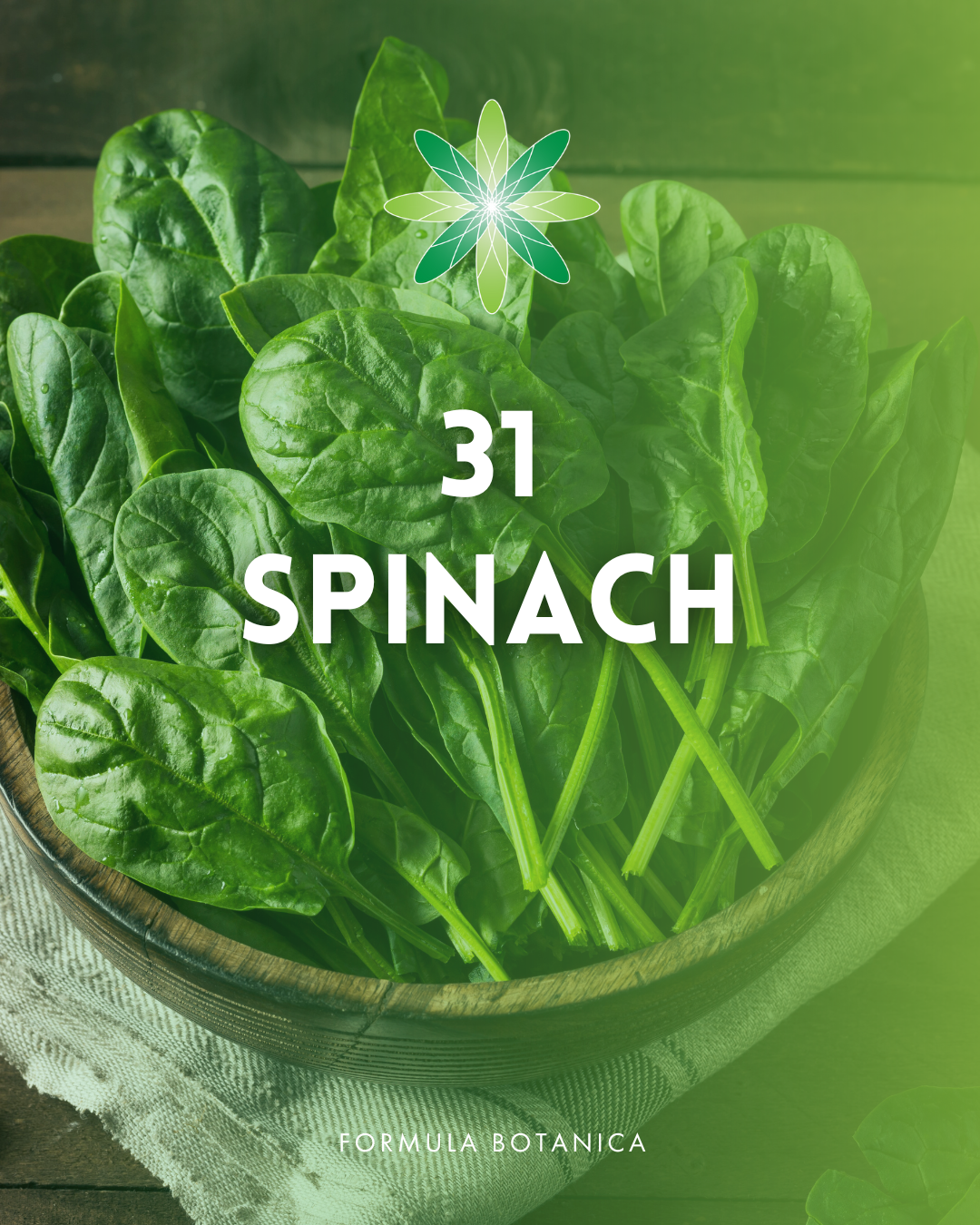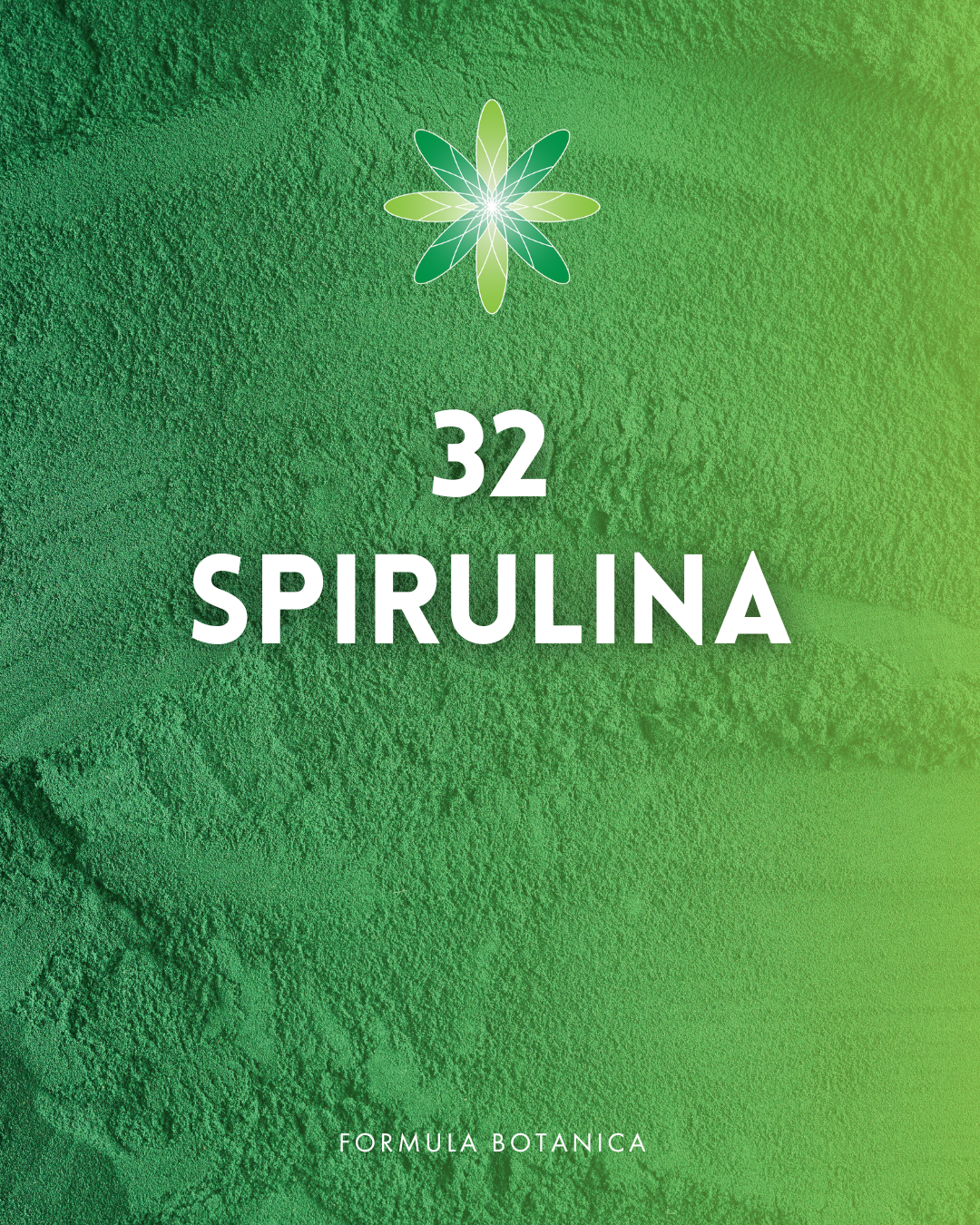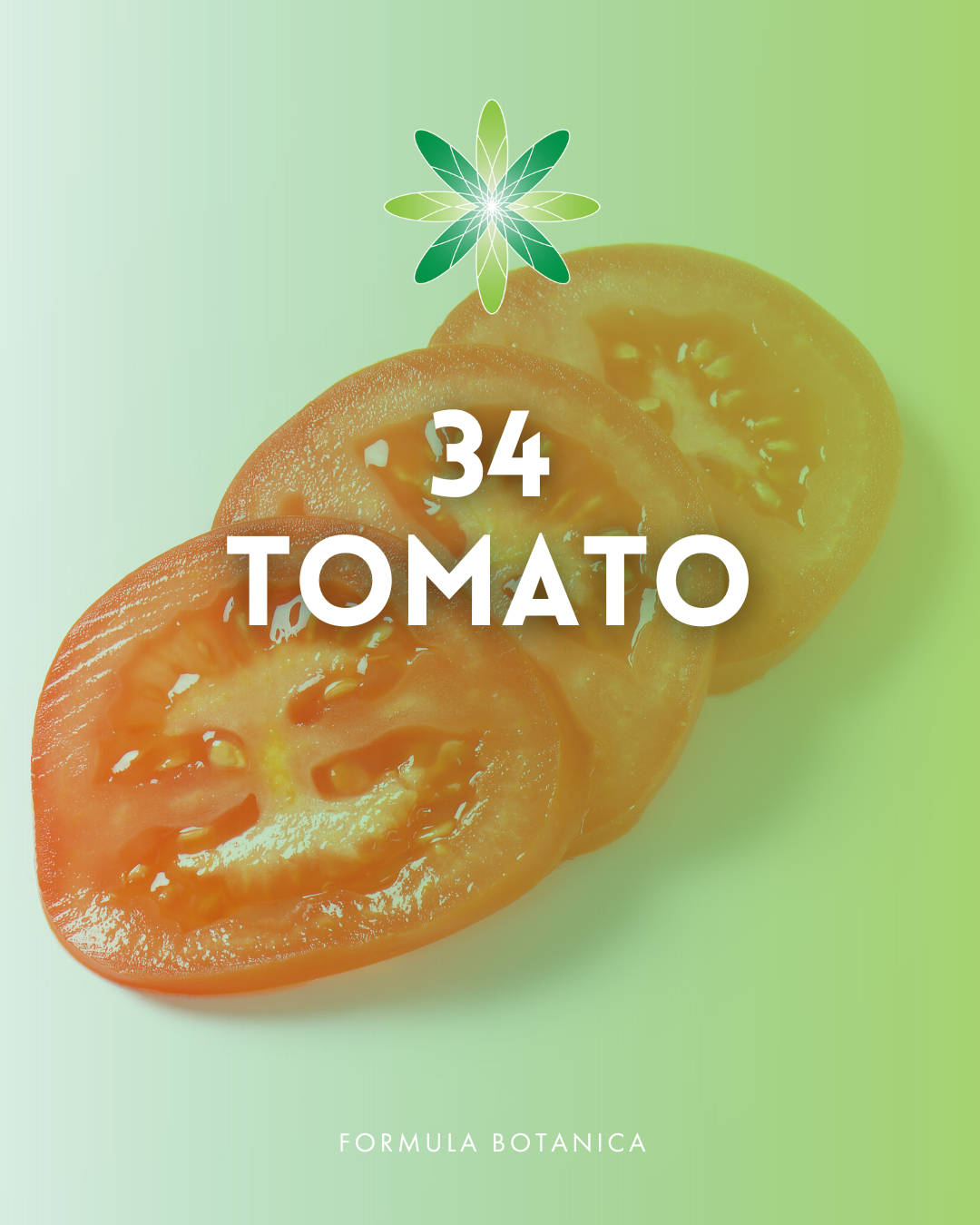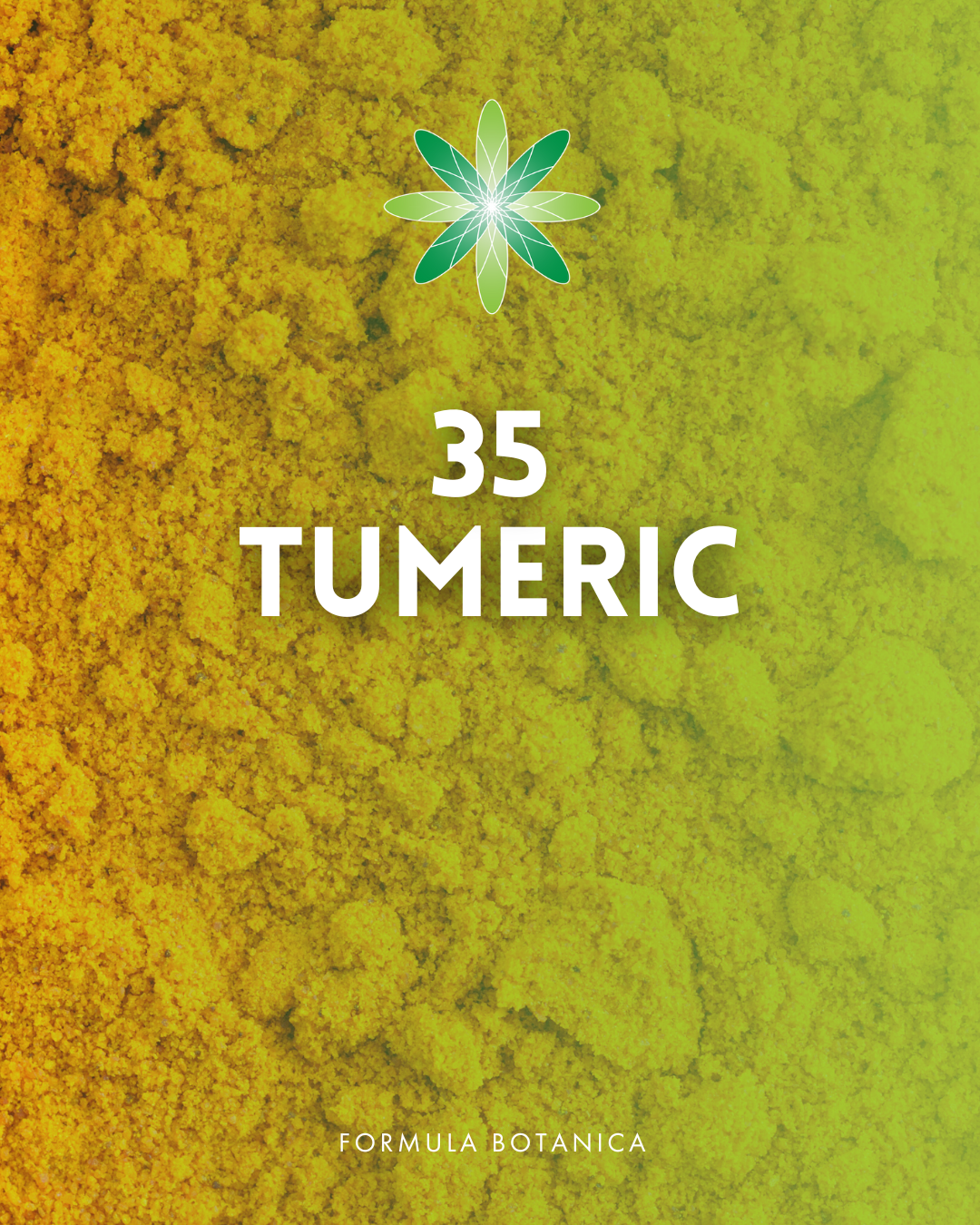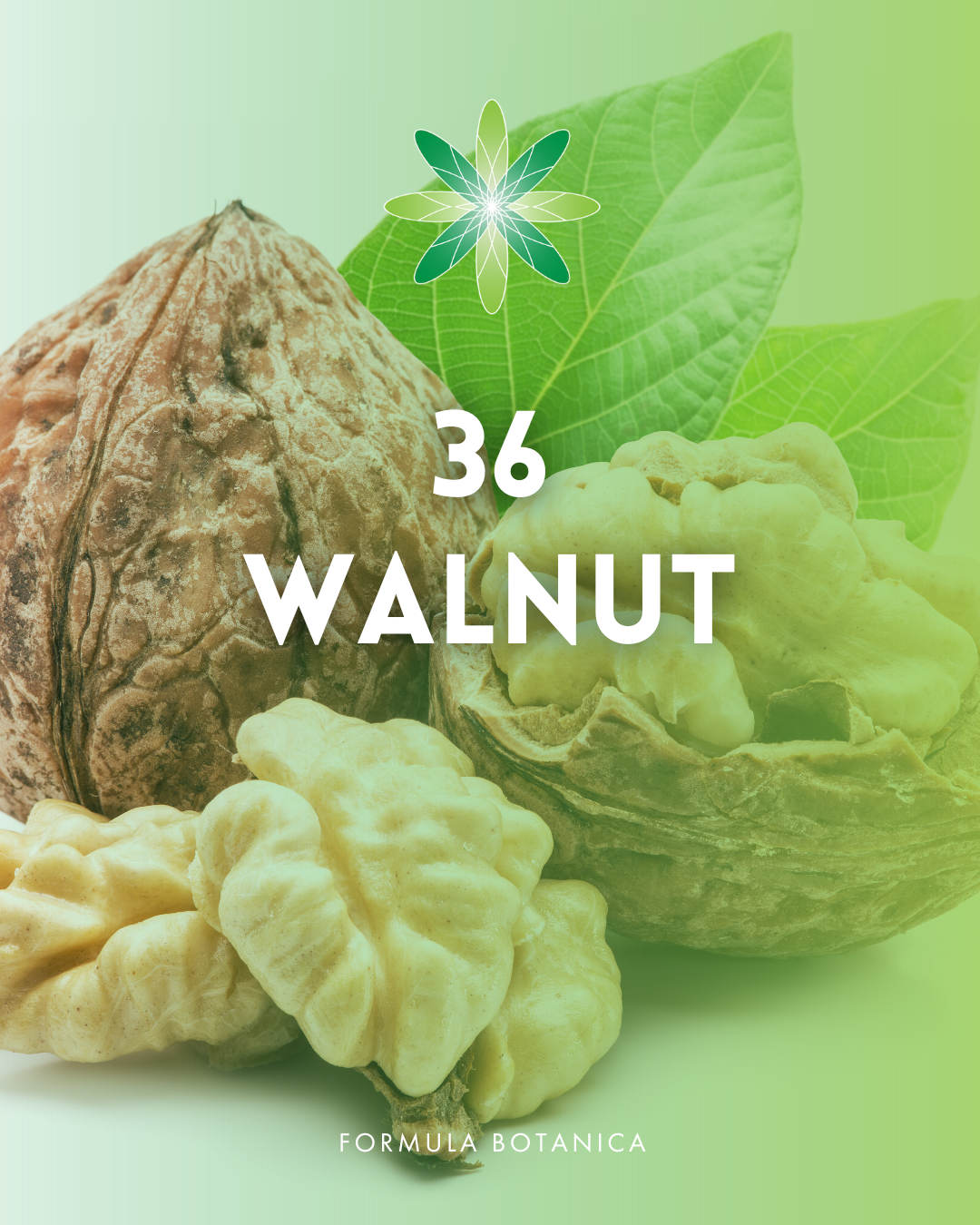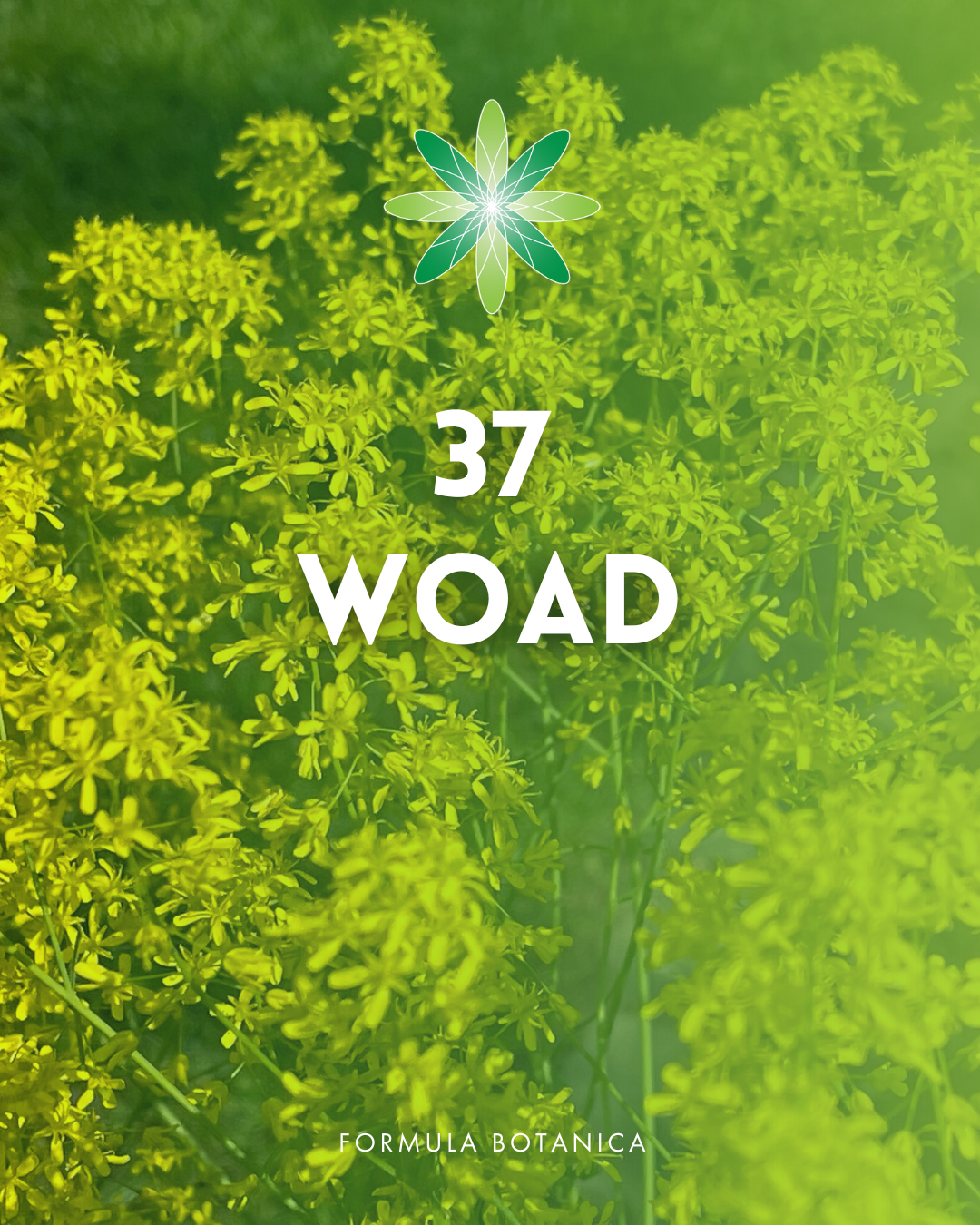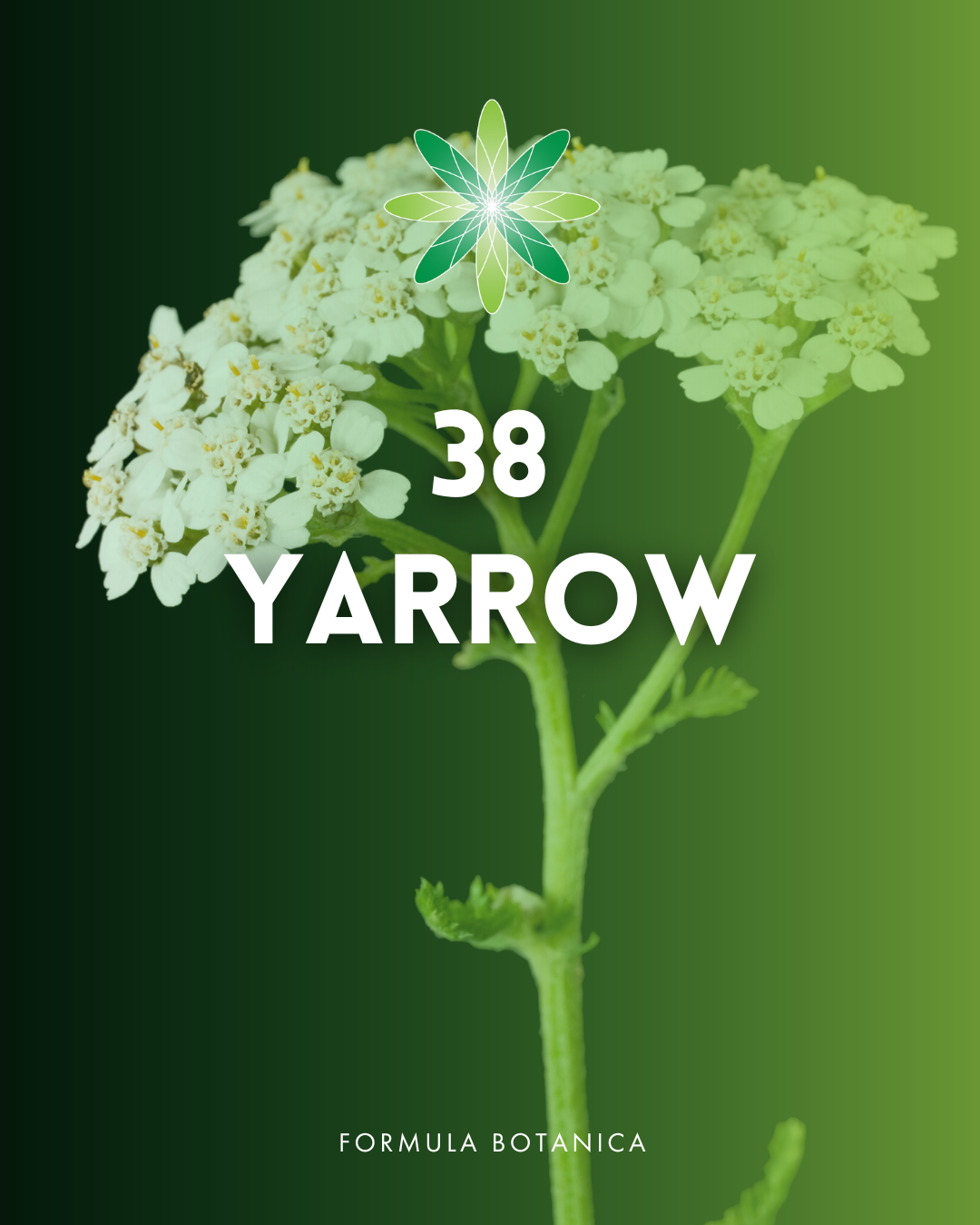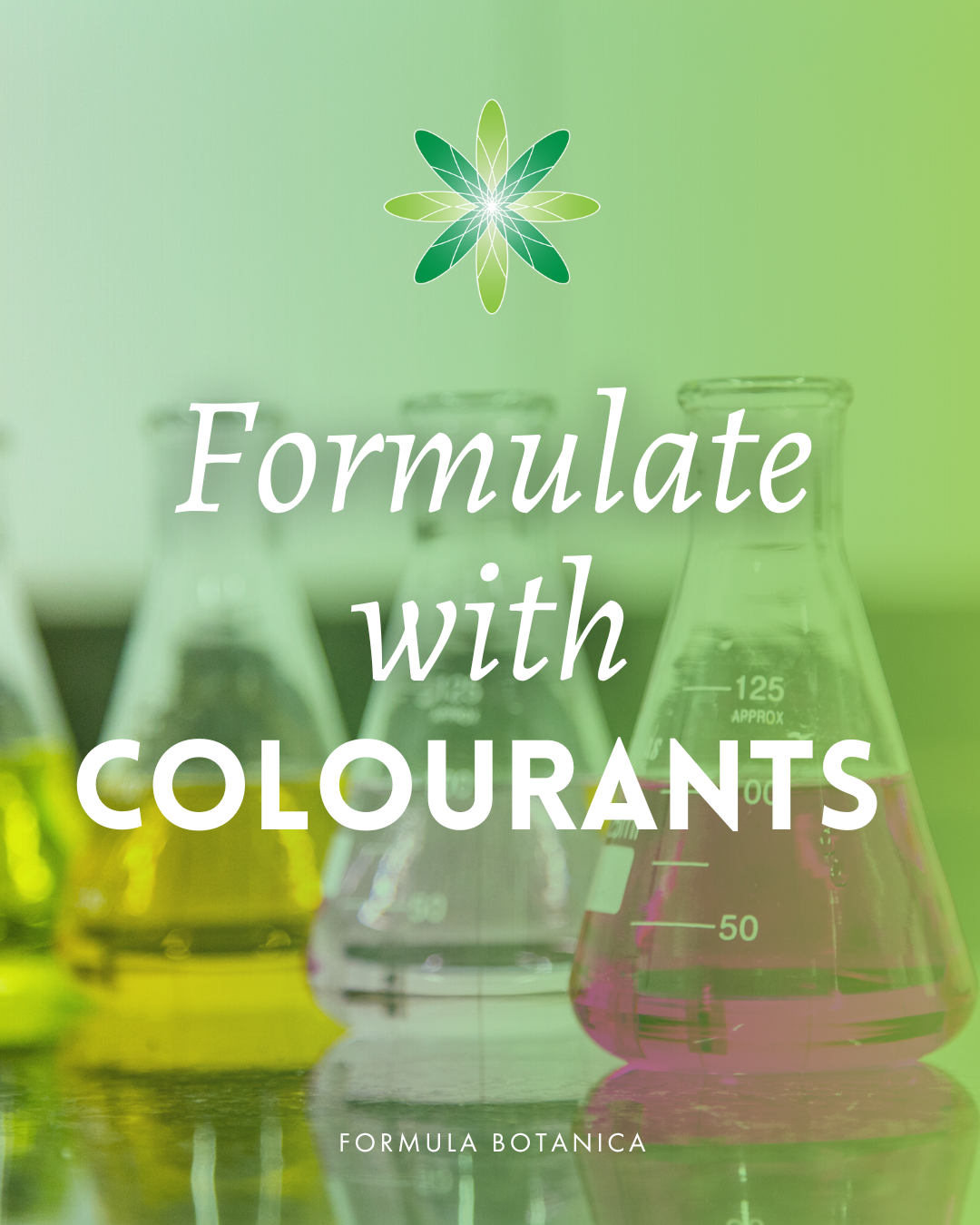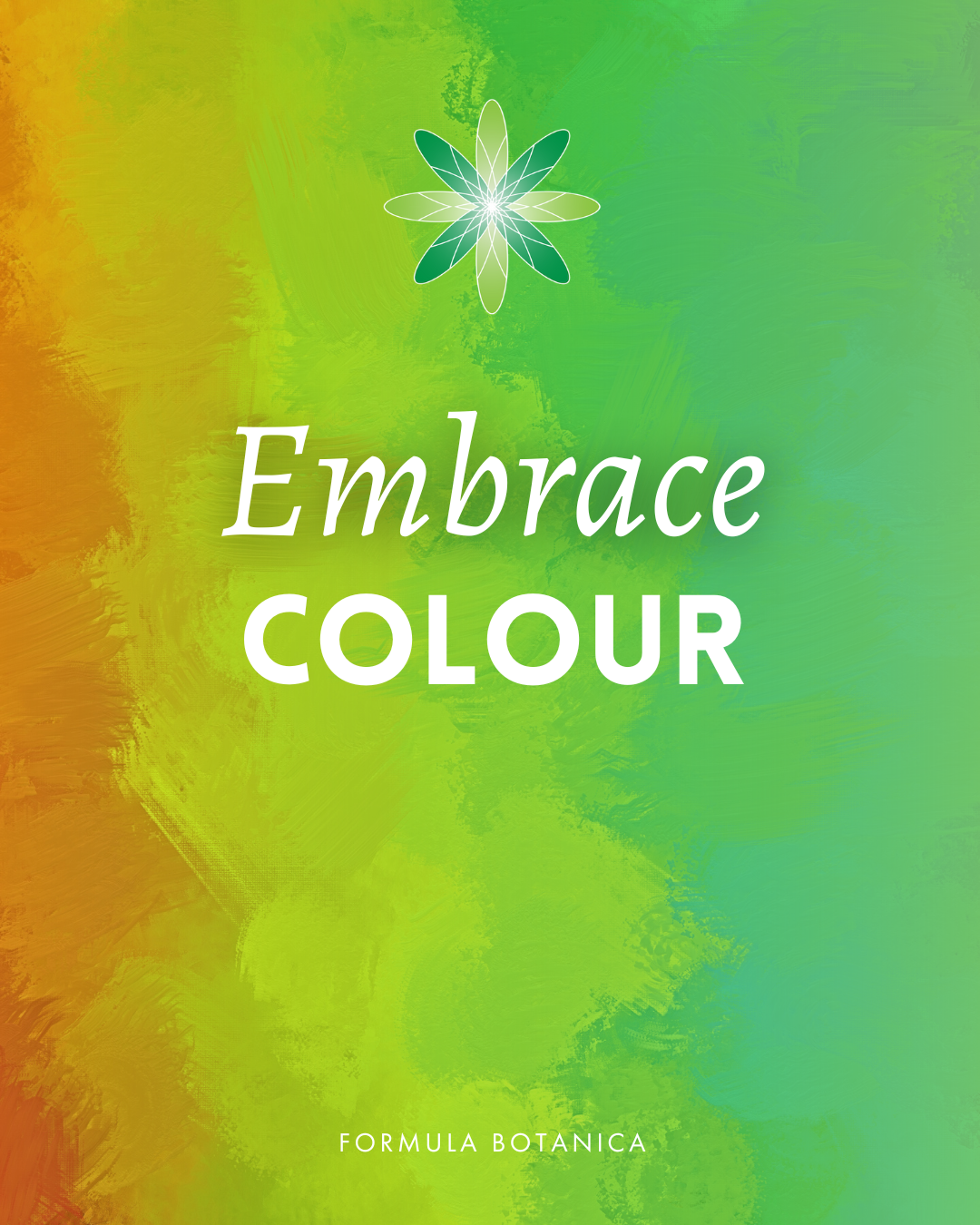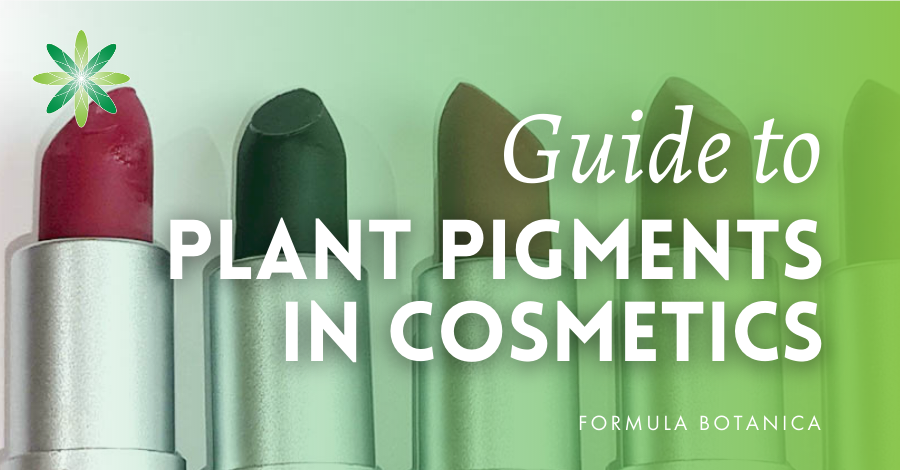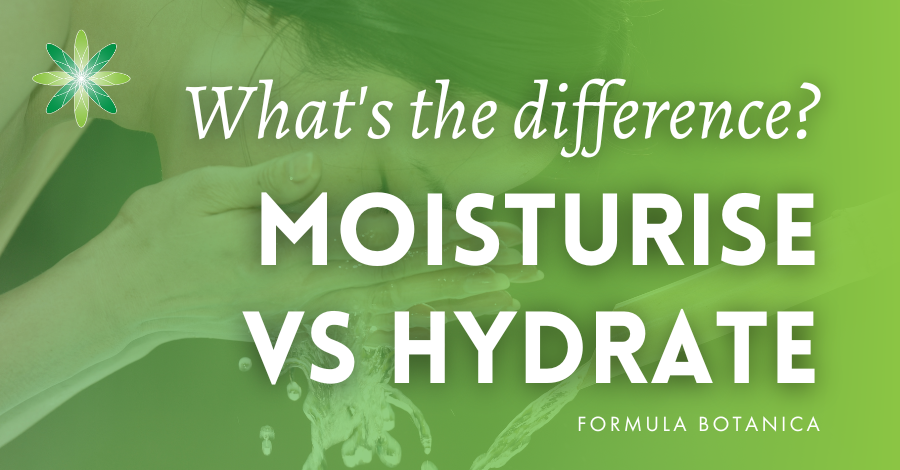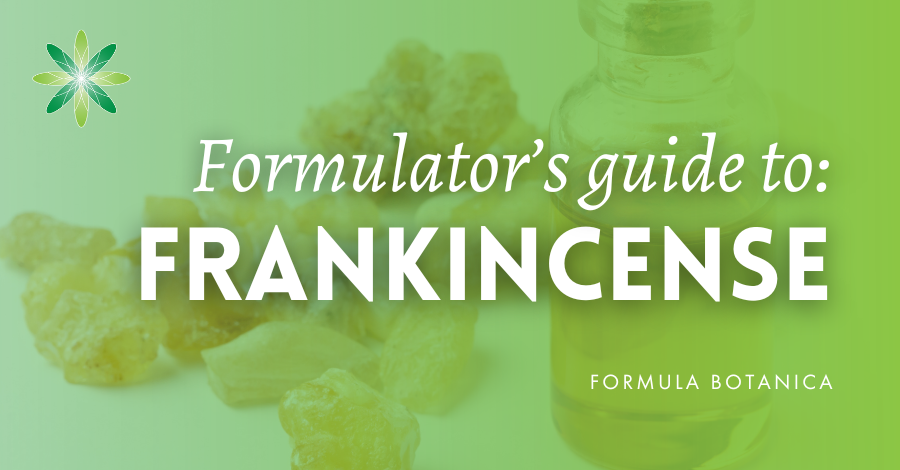Updated: 28.01.25
One of the best parts of being a cosmetic formulator is having the freedom to formulate whatever you want, whenever you want. And as a natural formulator, you get to customise everything, from the scent, texture, feel, function, and colour of your formulations. In fact, you can play with every shade of the rainbow using natural colourants, breaking free from the monotonous white formulations you see everywhere on the market.
But with so many possibilities, how do you know where to start? Well, that’s where we come in. We’ve compiled a list of the best 38 natural colourants, complete with practical tips on formulating with them. This post will teach you how to bring your colourful, nature-inspired creations to life while keeping them stable.
What are natural colourants?
Natural colourants are rapidly gaining popularity in the beauty industry, but what exactly are they? Simply put, natural colourants are any cosmetic ingredients that impart colour to your formulations.
From delicate pastels to bold, vibrant hues, you get to choose the colour of your formulation. This could mean adding a vibrant oil or plant extract that brings not only colour but also skin benefits to your products. For instance, if you include a richly pigmented oil in your recipe, that oil serves as a natural colourant.
Why use natural colourants?
Unlike synthetic dyes that try to mimic nature, natural colourants come directly from botanical sources, like plant extracts and oils, offering both visual and skincare benefits.
These aesthetic shades – like the rich green of avocado oil or the bright orange of buriti oil – don’t just make your products look beautiful; they also deliver beneficial properties to the skin and hair.
In contrast to mainstream cosmetics, where colour is often artificially added and the natural hues are stripped away, natural and organic formulators and indie brand owners proudly celebrate the vibrant, authentic colours that nature provides. You can find out more about natural and organic skincare below:
Episode 1: What does natural skincare mean?
Organic beauty: debunking myths and misconceptions
Natural formulation 101: Beginner’s guide to skincare ingredients
By adding natural colourants to your formulations, you can create products that are not only authentic and visually unique but also rich in actives that benefit the skin. It also allows your formulations to stand out in a market often dominated by synthetic and uniform formulations.
The 38 best natural colourants for organic skincare
Now that you know what natural colourants are and why you should use them in your formulations, it’s time to explore the 38 best natural colourants for organic skincare.
Whether you’re just starting out or already a seasoned formulator, these will transform your formulations.
1. Açaí
INCI: Euterpe Oleracea Extract
- Solubility: Hydrophilic (Extract), Lipophilic (Oil)
- Main chemical pigments: Cyanidin-3-rutinoside and Cyanidin-3-glucoside
- Colour: Purple (Extract), Green (Oil)
Açaí, a vibrant superfruit from Brazil, is not only a stunning natural colourant but also a high-performance cosmetic ingredient. The dark purple hue of açaí berries comes from anthocyanins – natural pigments and potent antioxidants like cyanidin-3-rutinoside and cyanidin-3-glucoside. These compounds, along with other beneficial flavonoids, help protect the skin from free radicals, slowing down premature ageing.
But that’s not all – açaí also produces a luxurious deep green oil, pressed from the berry’s pulp. This oil is packed with vitamins and polyphenols, offering intense nourishment and skin-revitalising properties. Not only does it infuse your formulations with potent nutrients, but it also adds a beautiful natural green tint to your formulations.
Ready to elevate your skincare formulations with açaí? Learn more about this superfruit in this helpful guide:
2. Alkanet
- INCI: Alkanna Tinctoria Root Extract
- Solubility: Hydrophobic
- Main chemical pigment: Alkannin
- Colour: Red/Purple
Alkanet, a herb from the borage family, is highly valued for its roots, which produce a rich, deep red dye. While the flowers are blue, the root has a striking dark-red exterior with a blue-red interior and a pale core. The key pigment, alkannin, is oil-soluble (as well as soluble in alcohol and ether), making it perfect for oil-based formulations.
When working with alkanet, keep in mind that the root contains pyrrolizidine alkaloids, which are water-soluble compounds that can be toxic if ingested in large amounts. For safe use in skincare, especially for lip products, it’s best to use oil macerates to create a gorgeous pinkish tint. Avoid water-based extracts like glycerites, which aren’t suitable for this purpose.
Curious about making your own macerated oils? Here’s how:
3. Annatto
- INCI: Bixa Orellana Seed Extract
- Solubility: Lipohilic (Bixin), Hydrophilic (Norbixin)
- Main chemical pigments: Norbixin, Bixin
- Colour: Orange/Red
Annatto is a vibrant orange-red natural colourant sourced from the seeds of the achiote tree (Bixa orellana). The striking hue comes from the resinous outer layer of the seeds and is produced by two powerful carotenoids: bixin and norbixin. Bixin is oil-soluble while norbixin is water-soluble, and is created through the saponification of bixin. This rare dual solubility makes annatto a truly unique and versatile carotenoid in the world of natural colourants.
Annatto seeds contain 4.5–5.5% pigment, with 70–80% of it being bixin. Unlike beta-carotene, another well-known carotenoid, annatto pigments don’t function as vitamin A precursors. The ratio of these two carotenoids determines the final shade – more norbixin results in a yellowish hue, while a higher concentration of bixin produces a rich, orange colour. This makes annatto an excellent choice for achieving a range of warm, natural tones in your formulations.
4. Avocado
- INCI: Persea Gratissima Oil
- Solubility: Lipophilic (Oil)
- Main chemical pigment: Lutein
- Colour: Green/Yellow
Unrefined avocado oil is known for its rich, deep green colour and can slightly solidify when cooled. This vibrant hue is the result of a powerful blend of carotenoids and chlorophylls, including lutein, alpha-carotene, beta-carotene, neoxanthin, violaxanthin, zeaxanthin, antheraxanthin, and both chlorophylls a and b, as well as pheophytins a and b.
One of the standout pigments in avocado oil is lutein, a carotenoid from the xanthophyll family, found in abundance in green vegetables like spinach, kale, and of course, avocados. Lutein doesn’t just give avocado oil its gorgeous green/yellow tint – it’s also packed with skin nutrients which are especially beneficial for mature, dry skin. This makes avocado oil a must in your formulations. Want to learn more about avocado oil and other similar oils? Check out this post:
5. Beetroot
- INCI: Beta Vulgaris (Beet) Extract
- Solubility: Hydrophilic
- Main chemical pigment: Betanin
- Colour: Red/Pink
Beetroot is a well-loved natural colourant in the world of natural cosmetics, known for its vibrant pink and red shades. The magic behind beetroot’s colour lies in betanin, its primary pigment. However, betanin can be sensitive to light, heat, and oxygen, so proper storage is key to preserving its vibrancy.
To create a beetroot glycerite, simply infuse beetroot powder into vegetable glycerin. This will give you a bright pink or red extract that you can easily incorporate into emulsions, gels, or toners. Just remember, beetroot is water-soluble, so it won’t work in oil-based formulations. Curious about making glycerites? Learn more in this post:
6. Blue Tansy
- INCI: Tanacetum Annuum Flower Oil
- Solubility: Lipophilic (Essential oil)
- Main chemical pigment: Chamazulene
- Colour: Blue
Blue Tansy, a member of the Asteraceae family and a close relative of chamomile, is known for its mesmerising blue colour. This vibrant hue comes from chamazulene, a powerful compound also found in German chamomile, which is produced during the steam distillation process. With a chamazulene content of 17-38%, blue tansy essential oil is a fantastic choice for adding a natural blue tint to your formulations while delivering soothing benefits.
Don’t mistake blue tansy (Tanacetum annuum) for tansy oil (Tanacetum vulgare), as they have different properties and are not interchangeable.
7. Buriti
- INCI: Mauritia Flexuosa Fruit Oil
- Solubility: Lipophilic (Oil)
- Main chemical pigment: Beta-carotene
- Colour: Red/Orange
Buriti is a remarkable palm native to the Amazon region, with fruit that resembles chestnuts. The yellow-orange pulp of the fruit is not only used to make juice but also produces an incredibly nutrient-rich oil. Buriti oil is edible and even used in cooking – can you imagine cooking chips in this oil?
What sets buriti oil apart is its extraordinary beta-carotene content. Buriti is the richest natural source of beta-carotene, boasting far more than even carrots! To put it in perspective, while carrots contain 6.6 mg of beta-carotene per 100g of pulp, Buriti fruit contains a whopping 30 mg per 100g. And it gets even better – the oil itself contains an impressive 330 mg of beta-carotene per 100g, making it an incredible addition to skincare formulations for its antioxidant and nourishing properties.
This unique oil not only enriches your formulations with its vibrant red/orange colour but also infuses them with powerful skin benefits. Why not try making this simple unscented balm using buriti oil:
8. Butterfly Pea
- INCI: Clitoria Ternatea Flower Extract
- Solubility: Hydrophilic
- Main chemical pigment: Delphinidin
- Colour: Purple/Blue
Butterfly pea flowers are renowned for their stunning blue hue, making them a favourite natural colourant in organic skincare formulations. We even showcased them in one of our natural gel scrubs:
These vibrant petals owe their colour to anthocyanins, specifically derived from delphinidin, a powerful antioxidant. But the beauty of butterfly pea flowers doesn’t stop at colour – they’re also packed with skin-loving flavonoids like p-coumaric acid and ferulic acid, which are known for their anti-ageing and protective properties.
If you’re looking to add a pop of natural blue to your skincare while infusing it with antioxidant-rich benefits, butterfly pea flowers are a must-try!
9. Calendula
- INCI: Calendula Officinalis Flower Extract
- Solubility: Hydrophobic
- Main chemical pigment: Flavoxanthin
- Colour: Orange
Carotenoids, the pigments behind the stunning yellow-to-red spectrum in flowers, make calendula one of the top natural colourants in organic skincare. The vibrant shades of calendula petals, especially in orange and yellow varieties, are powered by a unique blend of 19 different carotenoid pigments.
The star of the show is flavoxanthin, the primary pigment responsible for calendula’s signature bright orange colour, making it an excellent choice for natural formulations.
In addition to flavoxanthin, other notable carotenoids in calendula include lycopene and lutein, both known for their antioxidant properties. While flavoxanthin can be used as a food colouring under the E number E161a, it is not approved for use in the EU or USA. Find out more about calendula and its properties below:
Calendula extracts: Formulating their benefits into natural cosmetics
10. Carrot Root
- INCI: Daucus Carota Sativa Root Extract
- Solubility: Hydrophobic
- Main chemical pigment: Beta-carotene
- Colour: Orange
Carrot root is an amazing natural colourant, thanks to its rich content in beta-carotene, the pigment that gives it its signature vibrant orange hue. The name carotenoids comes from the carrot (Daucus carota), highlighting their importance as some of the most widespread and essential pigments found in nature. These oil-soluble carotenoids are responsible for the beautiful hues of many plants, but carrot root stands out as one of the most vibrant.
Macerating carrot root in oil creates a stunning orange infusion, making it a popular choice for organic skincare formulations. Not only does it impart a gorgeous colour, but beta-carotene is also known for its antioxidant properties, helping to protect and nourish the skin.
If you’re looking to add a warm, vibrant orange tint with added skin benefits to your formulations, carrot root is a top choice. Below are the steps you should consider when choosing an oil for your carrot maceration:
11. Chamomile (German)
- INCI: Matricaria Recutita Flower Oil
- Solubility: Lipophilic (Essential oil)
- Main chemical pigment: Chamazulene
- Colour: Blue
Remember blue tansy? Well, if you’re looking for another option to add a natural blue tint to your formulations, German Chamomile is a must-try.
Also known as Hungarian or blue chamomile, this variety produces a striking deep blue essential oil, thanks to its high content of chamazulene (2-5%). During the steam distillation process, chamazulene is formed from a precursor compound called matricin, which gives German chamomile its vivid blue hue. This vibrant blue isn’t just for show – chamazulene is known for its powerful anti-inflammatory properties, making it a standout ingredient to soothe and calm the skin.
Unlike Roman Chamomile, which is typically distilled to produce a pale straw-coloured oil, German Chamomile proudly showcases its blue tint. Along with chamazulene, German chamomile essential oil contains bisabolol, another compound known for its anti-inflammatory benefits. Learn about the difference between German and Roman chamomile in the guide below:
12. Dyer’s Rocket
- INCI: Reseda Luteola Extract
- Solubility: Hydrophobic
- Main chemical pigment: Luteolin
- Colour: Yellow
Dyer’s Rocket, also known as Weld or Yellow Weed, is one of the oldest and most beloved sources of natural yellow dye. The vibrant yellow pigment, luteolin, is what gives this plant its striking colour. Found in the leaves and seeds (which contain more pigment than the stems), Dyer’s Rocket offers a brilliant yellow that has been used for centuries across Europe.
Not only is this plant prized for its dyeing capabilities, but it also has a rich history in traditional medicine, with infusions of the plant being used for wound treatment. If you’re looking to add a beautiful natural yellow tint to your formulations, Dyer’s Rocket is a great choice.
13. Elderberry
- INCI: Sambucus Nigra Extract
- Solubility: Hydrophilic (Extract)
- Main chemical pigment: Cyanidin 3-glucoside
- Colour: Red/Purple
Elderberry shares the same vibrant, deep purple hue as Açaí, and for good reason—they both contain similar natural pigments! The rich colour of elderberry is due to cyanidin 3-glucoside, a powerful anthocyanin that’s highly water-soluble. This pigment not only gives elderberries their striking colour but also packs them with antioxidant benefits, making them an excellent natural colourant for water-based formulations.
If you’re looking for a natural way to infuse your products with a purple tint and antioxidant properties, elderberry is a great choice!
14. Hemp
- INCI: Cannabis Sativa Oil
- Solubility: Lipophilic
- Main chemical pigment: Chlorophyll
- Colour: Green
Hemp oil stands out with its rich, vibrant green colour, thanks to its high chlorophyll content. Interestingly, hemp oil extracted using supercritical CO2 is even more potent, boasting three times the chlorophyll and four times the total carotene content compared to traditional cold-pressed hemp oil.
This lush green pigment is soluble in both alcohol and oil- but not in water- making it an ideal addition to oil-based formulations. Find out more about hemp below:
15. Henna
- INCI: Lawsonia Inermis Extract
- Solubility: Hydrophobic
- Main chemical pigment: Lawsone
- Colour: Red/Orange
Henna has been treasured for centuries as a natural dye, used to adorn skin, hair, and nails, as well as fabrics like silk, wool, and leather. The magic behind henna’s rich red-orange colour comes from a powerful compound called Lawsone (2-hydroxy-1,4-naphthoquinone), also known as hennotannic acid. This natural dye is found in the leaves of the henna plant (Lawsonia inermis) and is also present in the flowers of the water hyacinth (Eichhornia crassipes).
Henna’s long history of use in beauty rituals and its vibrant, lasting colour make it a beloved natural colourant that continues to be celebrated today. Whether you’re looking to add a deep, earthy hue to your formulations or tap into its cultural significance, henna is a versatile and timeless ingredient.
16. Hibiscus
- INCI: Hibiscus Rosa-Sinensis Flower Extract
- Solubility: Hydrophilic
- Main chemical pigments: Cyanidin-3-sophoroside, Cyanidin-3-sambubioside, Delphinidin-3-sambubioside
- Colour: Red/Pink
The vibrant red hues found in the petals of Hibiscus species are due to anthocyanins, natural pigments widely used as natural colourants. In Hibiscus rosa-sinensis, the main pigment is cyanidin-3-sophoroside, which gives the flower its striking red shade. Another popular hibiscus variety, Roselle (Hibiscus sabdariffa), native to West Africa, is often used for its rich red extracts.
The primary anthocyanins in Roselle are cyanidin-3-sambubioside and delphinidin-3-sambubioside, which contribute to its bold colouring and powerful antioxidant properties. Hibiscus extracts not only bring stunning colour to your formulations but also deliver a wealth of benefits, making them a popular choice in natural products.
17. Indigo
- INCI: Indigofera Tinctoria Extract
- Solubility: Hydrophilic
- Main chemical pigment: Indigotin
- Colour: Blue/Mauve
The captivating blue pigment in indigo is derived from the plant’s fermented leaves, producing the striking blue-to-mauve colour known as indigotin. Also referred to as Pigmentum indicum, this natural dye has been cherished for centuries. During fermentation, a paste is extracted from the plant material, which is then shaped into cakes and finely ground into powder. The true magic happens when this powder is exposed to air, causing the iconic blue hue to develop.
Indigo dye is a product of indican, a glucoside found in various Indigofera species. Through an enzymatic process, indican is transformed into indigotin, resulting in a rich, colourfast dye.
Historically, indigo has been a highly prized natural colourant, but today, most commercial indigo is produced synthetically. Despite this, the natural pigment remains a symbol of heritage, beauty, and long-lasting vibrancy, making it a fantastic addition to your formulations. Here’s a formulation you could recreate using indigo extract:
18. Iris
- INCI: Iris Germanica Extract
- Solubility: Hydrophilic
- Main chemical pigment: Mangiferin, Delphinidin
- Colour: Purple/Blue/Green
Derived from the roots of Iris germanica, iris extract is rich in isoflavones and rhizomes, making it a unique and versatile ingredient. One of its key components, mangiferin, acts as a powerful co-pigment, interacting with anthocyanins (specifically a delphinidin glycoside) to create an enchanting spectrum of purple, mauve, and blue hues in the iris flowers.
Historically, Iris germanica has also been the source of Iris Green, a captivating green pigment made from the perianth leaves of purple irises. The pigment was prepared by squeezing the juice from the flowers and mixing it with an aluminium hydroxide (alum) base.
The dye starts as purple, shifts to blue with the addition of alum, and transforms into a vibrant green when calcium is introduced. This rich history of natural colour manipulation, combined with the vibrant shades the iris offers, makes it a beautiful addition to your formulations.
19. Madder
- INCI: Rubia Tinctorum Extract
- Solubility: Mildly hydrophilic
- Main chemical pigments: Alizarin and Purpurin
- Colour: Red/Purple
Madder, a vibrant dye plant native to the Mediterranean, has long been celebrated for its ability to produce a rich, permanent red hue. Its botanical name, Rubia, fittingly means “red,” hinting at the plant’s long history as a natural source of colour. The 2-3-year-old rootstock of the plant is particularly prized for its deep red pigment, which remains even when dried.
The magic of madder lies in its powerful constituents – anthraquinone glycosides, which include two key red pigments, alizarin and purpurin. These naturally occurring compounds, found in the roots and tubers of the plant, are responsible for madder’s vibrant, lasting red dye, making it a valuable ingredient in both historical and current natural formulations.
20. Monascus Purpureus
- INCI: Monascus Extract
- Solubility: Hydrophilic
- Main chemical pigment: Rubropunctamine
- Colour: Red/Purple
Monascus purpureus, a species of mould with a striking purplish-red colour, is renowned for its ability to produce vibrant natural pigments during its growth. As it breaks down starch substrates, Monascus generates a variety of secondary metabolites, including rich pigments that range from deep purple to vivid red.
The star pigment in Monascus purpureus is Rubropunctamine, which makes up an impressive 57-87% of the total pigments produced. These bold hues make Monascus purpureus an exciting option for adding natural, eye-catching colour to formulations, offering both intensity and a unique origin story to your formulations.
21. Nettle
- INCI: Urtica Dioica Leaf Extract
- Solubility: Lipophilic
- Main chemical pigment: Chlorophyll
- Colour: Green
Nettles leaves are packed with caffeic acid, chlorogenic acid, and chlorophyll. The vibrant green leaves boast nearly 5mg of chlorophyll per gram of dry leaves, with the exact amount depending on whether the plant was grown in the sun or shade.
Interestingly, plants grown in the shade contain higher levels of chlorophyll and carotenoids, making them an even richer source of natural colour. Chlorophyll, naturally oil-soluble, delivers a beautiful green hue to your formulations and offers added skin and hair benefits.
22. Paprika
- INCI: Capsicum Annuum Extract
- Solubility: Lipophilic
- Main chemical pigments: Capsanthin, Capsorubin
- Colour: Red/Purple
The vibrant red pigments in paprika come from a potent blend of carotenoids, with capsanthin and capsorubin being the stars behind its rich colour. Paprika is packed with a variety of carotenoid pigments, including carotene, lutein, zeaxanthin, and cucurbitaxanthin, making it a fantastic natural dye for formulations seeking a bold, warm hue.
But paprika isn’t just about colour – it’s also prized in cosmetics for its stimulating properties. Frequently used in ointments, oils, and emulsions, it adds a warming sensation that makes it popular in sports massage products. However, due to capsanthin’s heat-inducing effects (as anyone who’s eaten a chilli can attest!), it’s essential to use it sparingly in skincare, typically at concentrations below 0.1%. Paprika adds a beautiful, fiery colour and a unique sensory experience to your formulations!
23. Pomegranate
- INCI: Punica Granatum Fruit Extract
- Solubility: Hydrophilic
- Main chemical pigment: Punicalagin
- Colour: Red/Purple
Anthocyanins are the vibrant, water-soluble pigments that give pomegranate juice its stunning red and purple hues. However, it’s the inedible fruit peels of the pomegranate that are the true powerhouse of colour, packed with a rich blend of natural colourants.
Key compounds such as punicalagin, punicalin, gallagic acid, and ellagic acid make pomegranate a standout in both beauty and wellness. These peels also contain alkaloids like isopelletierine, adding even more depth to their composition.
Beyond its striking color, Punica granatum dye is known for its potent antimicrobial properties, thanks to its high tannin content.
24. Red Cabbage
- INCI: Brassica Oleracea Leaf Extract
- Solubility: Hydrophilic
- Main chemical pigments: Cyanidin-3-glucoside and Delphinidin-3-glucoside
- Colour: Pink/Purple
Red cabbage (Brassica oleracea L. var. capitata) is celebrated for its stunning pink and purple hues, making it a go-to natural colourant for formulations. Its vibrant colour comes from water-soluble anthocyanins, a group of natural pigments that give red cabbage its eye-catching appearance.
Red cabbage contains eight different anthocyanins, including cyanidin-3-glucoside and delphinidin-3-glucoside, which are key to its beautiful spectrum of shades.
Whether you’re looking to add a touch of bold colour to your skincare or simply want a vibrant, plant-based dye, red cabbage offers a brilliant natural solution. Its versatility as a colourant and skin-friendly properties make it an excellent addition to any formulator’s palette!
25. Red Clover
- INCI: Trifolium Pratense Extract
- Solubility: Hydrophilic
- Main chemical pigment: Formononetin
- Colour: Golden yellow
Red clover is rich in isoflavones, including a unique natural colourant called formononetin (7-hydroxy-4′-methoxyflavone), which imparts a soft, golden-yellow hue. Beyond its colour, formononetin is notable for its oestrogenic properties, both in vitro and in vivo, sparking numerous scientific studies on its effects – particularly in livestock like sheep.
Despite its promising potential, there’s still limited research on the optimal time to harvest red clover fields to maximise isoflavone content. However, red clover’s combination of colourant and active compounds makes it a fascinating ingredient for both cosmetic and wellness formulations.
26. Red Sandalwood
- INCI: Pterocarpus Santalinum Extract
- Solubility: Hydrophobic
- Main chemical pigment: Santalin
- Colour: Red
The rich red pigment extracted from Pterocarpus santalinus, or red sandalwood, is derived from a complex molecule known as santalin. This unique compound exists in several forms, all of which produce strikingly intense red hues.
What sets red sandalwood apart is its impressive colour stability, making it a long-lasting natural dye that has been treasured for centuries.
In addition to its vibrant red shades, santalin offers versatility: Santalin A and Santalin B deliver deep red pigments, while Santalin Y produces a warm yellow hue. This dual-tone potential, combined with its rich history and enduring vibrancy, makes red sandalwood a standout colourant for your natural formulations.
27. Rosehip
- INCI: Rosa Canina Fruit Oil
- Solubility: Lipophilic
- Main chemical pigments: Lycopene, Beta-carotene
- Colour: Red/Orange
The vibrant reddish hue of cold-pressed rosehip oil is a testament to its rich carotenoid content, giving it its signature colour and skin-nourishing properties. In contrast, solvent-extracted rosehip oil tends to be more yellow, likely due to the extraction method affecting pigment retention and possibly degrading the red carotenoids at high temperatures.
Rosehips are a powerhouse of carotenoids, containing an impressive variety of nine, including three carotenes – lycopene, ζ-carotene, and β-carotene – and six xanthophylls such as neoxanthin, trans-violaxanthin, and lutein.
This diverse array of carotenoids places rosehips among the fruits with the richest pigment profile, with lycopene and beta-carotene being the most abundant. These potent pigments not only contribute to the oil’s colour but also offer antioxidant benefits, making rosehip oil a must-have in your formulations. Find out more about rosehip below:
28. Safflower
- INCI: Carthamus Tinctorius Seed Oil
- Solubility: Lipophilic (Carthamin), Hydrophilic (Carthamidin)
- Main chemical pigment: Carthamin
- Colour: Yellow/Red
Safflower is a fascinating plant when it comes to natural colourants, thanks to its unique pigment called carthamin, which imparts a striking yellow-orange hue. But this vibrant plant offers even more on closer examination – it contains two distinct natural dyes: a bright yellow and a rich red.
The seeds of the safflower produce a nourishing oil, while its flowers yield a vivid yellow dye. Carthamin is responsible for the water-insoluble red pigment, while carthamidin provides the water-soluble yellow hue. This dual-colour potential makes safflower an incredibly versatile ingredient for formulations, offering both warmth and vibrancy.
Why not try making a natural body polish using safflower oil:
29. Saffron
- INCI: Crocus Sativus Extract
- Solubility: Hydrophilic
- Main chemical pigments: Crocin, Crocetin, Picrocrocin, Riboflavin
- Colour: Yellow
The dried stigmas and tops of the styles of Crocus sativus, better known as saffron, are a treasure trove of vibrant pigments and aromatic compounds. Rich in crocin, crocetin, picrocrocin, and safranal, saffron produces its signature golden yellow-orange hue thanks to α-crocin, a potent carotenoid pigment. This natural dye is delicate and should be protected from light to preserve its vibrancy.
Beyond its beautiful colour, saffron offers other benefits: riboflavin (a yellow pigment) and essential vitamins are abundant in its stigmas, while the bitter picrocrocin is responsible for saffron’s distinctive flavour. The delightful aroma of saffron comes from safranal, which adds depth to this luxurious spice. Why not try making this micellar water using saffron extract:
When formulating with saffron, remember that it’s not to be confused with Colchicum autumnale, or autumn crocus, which is poisonous.
30. Sea Buckthorn
- INCI: Hippophae Rhamnoides Fruit Oil
- Solubility: Lipophilic
- Main chemical pigments: Beta-carotene, zeaxanthin, lycopene
- Colour: Orange
The vibrant, golden-orange hue of sea buckthorn berries comes from their rich content of carotenoids, powerful pigments that give this superfruit its distinctive colour. These compounds are especially abundant in sea buckthorn pulp oil, although the total carotenoid content can vary significantly (from 300 to 2000 mg/100g) depending on the growth location and subspecies.
Among the most potent carotenoids found in sea buckthorn pulp oil are beta-carotene, zeaxanthin, and lycopene – all known for their antioxidant and nourishing properties. These pigments not only deliver a beautiful burst of colour but also provide a wealth of benefits for the skin, making sea buckthorn a must-have ingredient in your formulations. Find out more about the amazing properties of sea buckthorn below:
Sub-zero hero: The benefits of sea buckthorn oil for skin & hair
31. Spinach
- INCI: Spinacia Oleracea Leaf Extract
- Solubility: Lipophilic
- Main chemical pigment: Chlorophyll
- Colour: Green/Yellow
Spinach leaves contain vibrant pigments, such as chlorophyll a, chlorophyll b, and beta-carotene, along with smaller amounts of other pigments like xanthophylls. In green leafy vegetables like spinach, the intense green of the chlorophylls overshadows the bright reds, oranges, and yellows of the carotenoids hidden beneath the surface.
Blanching spinach reduces its chlorophyll content, dulling its vibrant green hue, as chlorophyll is sensitive to heat. Since chlorophyll is lipophilic (oil-soluble), it works beautifully in oil-based formulations, bringing not only colour but also nourishing properties.
32. Spirulina
- INCI: Spirulina Platensis Extract
- Solubility: Hydrophilic
- Main chemical pigments: Phycocyanin and Phycoerythrin
- Colour: Blue/Green
Spirulina, a nutrient-rich cyanobacteria (blue-green algae), is a powerhouse of natural pigments. The two main species, Arthrospira platensis and Arthrospira maxima produce two vibrant pigments: phycocyanin, which imparts a stunning blue hue by absorbing orange and red light, and phycoerythrin, responsible for a bold red colour.
These microalgal pigments are highly sought after in today’s market, and spirulina is leading the charge. You can find out more about this blue-green algae in our Marine Ingredients Mini Lab, in our exclusive membership-only site, the Lab at Formula Botanica.
33. St. John’s Wort
- INCI: Hypericum Perforatum Flower Extract
- Solubility: Lipophilic and hydrophilic
- Main chemical pigment: Hypericin
- Colour: Red
Hypericin is a striking fluorescent red pigment found in St. John’s Wort, a plant known for its bright yellow flowers. When the flowers are macerated in oil over time, the oil turns a rich, dark red – perfect for adding a pop of colour to anhydrous or water-based formulations.
Beyond its vibrant hue, hypericin, along with hyperforin, is one of the most well-known compounds in St. John’s Wort. It’s credited with potential antibiotic, antiviral, and antidepressant properties.
What’s fascinating about hypericin is its unique molecular structure—one half is hydrophilic (water-loving), while the other is hydrophobic (water-repelling), giving it versatility in various formulations. This dual functionality, combined with its bold colour and therapeutic benefits, makes St. John’s Wort a standout ingredient in natural skincare or haircare formulations.
34. Tomato
- INCI: Solanum Lycopersicum Extract
- Solubility: Lipophilic
- Main chemical pigment: Lycopene
- Colour: Red/Orange
Tomatoes are a powerhouse of pigments, with lycopene as their star player, along with α-carotene, β-carotene, lutein, zeaxanthin, and β-cryptoxanthin. Lycopene, the vibrant red carotenoid, is the pigment responsible for the rich hue of tomatoes and other red fruits and vegetables like watermelon, red carrots, gac, and papaya. It makes up a staggering 80–90% of the total carotenoid content in fully ripe tomatoes.
Unlike water-soluble pigments, lycopene dissolves only in organic solvents and oils, making it ideal for oil-based formulations. Its antioxidant properties, along with those of other carotenoids like β-carotene (a yellow pigment found in carrots and a structural isomer of lycopene), make tomatoes a go-to ingredient for adding a natural red tint to your formulations.
35. Turmeric
- INCI: Curcuma Longa Extract
- Solubility: Hydrophobic
- Main chemical pigment: Curcumin
- Colour: Yellow/Orange
Turmeric, often referred to as Indian saffron, has been prized for thousands of years as a powerful spice, medicinal remedy, and natural colourant. Derived from the dried or fresh rhizomes of the Curcuma longa plant, turmeric is known for its vibrant hues ranging from bright yellow to deep orange, thanks to its key compound, curcumin.
Curcumin, which makes up 50-60% of turmeric’s chemical makeup, is the driving force behind its brilliant yellow pigment. Alongside curcuminoids, turmeric also contains about 5% volatile oil and resin, enhancing its versatility as both a colourant and a therapeutic ingredient.
36. Walnut
- INCI: Juglans Nigra Shell Extract
- Solubility: Lipophilic
- Main chemical pigment: Juglone
- Colour: Orange/Brown
Black walnut drupes are rich in juglone (5-hydroxy-1,4-naphthoquinone), plumbagin (a yellow quinone pigment), and tannins, making them a potent source of a striking orange-brown dye. As the inner husk ages and the outer skin transitions from light green to black, the dye becomes increasingly darker and richer, adding depth to its colour.
What makes juglone especially intriguing is that it’s an isomer of lawsone, the same staining compound found in henna leaves. This gives black walnut dye its staying power and unique character, making it a versatile and natural choice for creating rich, earthy tones in your formulations.
37. Woad
- INCI: Isatis Tinctoria Leaf Extract
- Solubility: Hydrophilic
- Main chemical pigment: Indigotin
- Colour: Blue/Indigo
Woad, famed for its stunning blue dye, has been used for centuries, with the dye itself derived from the leaves of the woad plant. The chemical responsible for this captivating colour is indigotin, the same pigment found in “true indigo” (Indigofera tinctoria), though woad produces it in lower concentrations.
While woad has a rich history as a natural dye, it’s important to note that in parts of the United States, it’s classified as an invasive species. Despite this, woad remains a fascinating botanical, offering a unique connection to ancient dyeing traditions and a beautiful, natural blue hue for your formulations
38. Yarrow
- INCI: Achillea Millefolium Oil
- Solubility: Lipophilic (Essential oil)
- Main chemical pigment: Chamazulene
- Colour: Blue
Much like Blue Tansy and German Chamomile, some yarrow essential oils contain chamazulene, which gives the oil its striking dark blue hue. With some yarrow oils boasting over 15% chamazulene, they make an excellent natural colourant for skincare formulations, adding a vibrant blue tint.
What makes this colour transformation so unique is that chamazulene isn’t present in the yarrow plant itself. Instead, it forms during the steam distillation process when a compound called matricine is converted into azulene and chamazulene. This magical shift only occurs with the application of heat, making steam distillation a key factor in unlocking yarrow’s deep blue potential.
How to formulate with natural colourants
When formulating with natural colourants, there are some key factors you should consider to ensure colour uniformity and consistency across batches. Here are the top ones:
Legal considerations
When adding natural colourants into your organic skincare or haircare formulations, make sure you understand the legal landscape. Specific cosmetic regulations, such as those in the EU, prevent many natural ingredients from being legally labelled as colourants. These regulations list approved cosmetic colourants, and most of the plants you might want to use won’t make the cut.
But there’s good news! While some natural colourants may not be officially recognised as such, they still bring plenty of benefits to your formulations. Thanks to their chemical composition, many of these ingredients provide antimicrobial, antioxidant, or anti-inflammatory properties, making them valuable as functional ingredients, even if they can’t be labelled as colourants.
pH sensitivity
Natural pigments like anthocyanins and carotenoids are highly sensitive to pH. For example, anthocyanins display a spectrum of colours – from dark blue to purple to red – depending on the pH level. To ensure consistent colour across batches, you’ll need to carefully control the pH of your formulation. A narrow pH range will help you achieve the desired shade and maintain product integrity.
Be mindful of how the pH might shift over time, too. Stability testing is essential to ensure your product’s pH, and thus its colour remains stable throughout its shelf life. Need more guidance on this? Check out this post:
What can go wrong if you don’t control your formulation’s pH?
Our Diploma in Organic Skincare Formulation also teaches you everything you need to know about pH, from how to measure it to how to adjust it.
Chelation and colour stability
Another crucial factor in colour stability is the presence of metal ions in your formulation. These ions can trigger unwanted reactions, such as altering your product’s colour by interacting with pigment molecules. To combat this, formulators often use chelators – compounds that bind with metal ions and prevent them from affecting the pigment.
By adding a chelator, you protect the integrity of your colour and improve overall stability. Want to dive deeper into the science of chelation and how it can boost your formulations?
Our Advanced Diploma in Organic Cosmetic Science covers everything you need to know.
Make-up formulations
If you’re interested in formulating colour cosmetics, check out the posts below or enrol in our exclusive membership-only site, the Lab at Formula Botanica, where we teach you how to formulate with natural pigments in bite-sized, comprehensive Mini Labs:
Embracing colour variation
As a formulator, it’s essential to remember that working with natural ingredients means embracing their beautiful variability. Plants naturally vary between harvests, seasons, locations, and habitats, which means the ingredients you source – like avocado oil or sea buckthorn oil – can differ greatly in colour, scent, and even chemical composition depending on the supplier or batch.
This variability can present a challenge when striving for consistency in your products. So how do you ensure that your formulations always look, smell, and perform the same when your raw ingredients fluctuate? Many mainstream brands opt to strip plant oils and extracts of their natural colours and scents, only to add standardised, often synthetic, colourants and fragrances to maintain uniformity over time.
By choosing to formulate with natural ingredients, you’re embracing the rich diversity of nature. Each formulation becomes a one-of-a-kind expression of that diversity, helping your creations stand out in the market. So, which natural colourant will you experiment with first?
Leave us a comment below and let us know!
FAQ
What are organic skincare ingredients?
Organic skincare ingredients are ingredients that are certified by reputable certifying bodies, such as the Soil Association or the US Department of Agriculture (USDA), to meet strict farming and production standards. For an ingredient to be truly organic, it must be grown without the use of genetically modified organisms (GMOs), synthetic herbicides, fertilisers, or other harmful chemicals.
What is the difference between natural and organic skincare?
People often use the terms natural and organic interchangeably, but they aren’t the same. An organic product doesn’t have to be 100% organic or even entirely natural, which can confuse consumers. In most parts of the world, the term natural has no legal definition when it comes to cosmetics. Regulatory bodies like the FDA in the U.S. or the EU don’t provide clear guidelines for what qualifies as natural, allowing cosmetic brands to use the term however they choose. On the other hand, organic is a regulated term. When you label ingredients as organic, they must meet specific guidelines, such as being grown and processed without synthetic chemicals, GMOs, or pesticides.
What are natural pigments?
In natural and organic cosmetics, colour comes from the rich pigments found in plants, unlike the synthetic colourants used in mainstream cosmetics. You can source these natural pigments from various plant extracts, including cold-pressed oils, tinctures, powders, and glycerites. These pigments not only add stunning colour but also deliver additional skin and hair benefits.
Why use natural colourants?
Using natural colourants in your skincare and haircare formulations offers a host of benefits beyond just aesthetics. Unlike synthetic dyes, natural pigments derive from plant-based sources such as oils, extracts, and powders, and they often come with additional benefits. Rich in bioactive compounds, natural colourants can add antioxidant, anti-inflammatory, or nourishing properties to your formulations.
Where can you learn to formulate natural skincare and haircare?
Learn how to formulate organic skincare and haircare with Formula Botanica! Join tens of thousands of students worldwide who have taken our free and paid online award-winning courses and have gone on to launch successful indie beauty brands. Whether you want to formulate for yourself or are looking to launch your own indie beauty brand, we have the expert guidance you need.
FREE TRAINING
Learn how to become an
Organic Skincare Formulator
FREE TRAINING
How to become an
Organic Skincare Entrepreneur
FREE TRAINING
How to become an
Organic Skincare Entrepreneur
Leave us a comment
Lorraine Dallmeier is a Biologist, Chartered Environmentalist and the CEO of Formula Botanica, the award-winning online organic cosmetic science school. Read more about Lorraine and the Formula Botanica Team.

